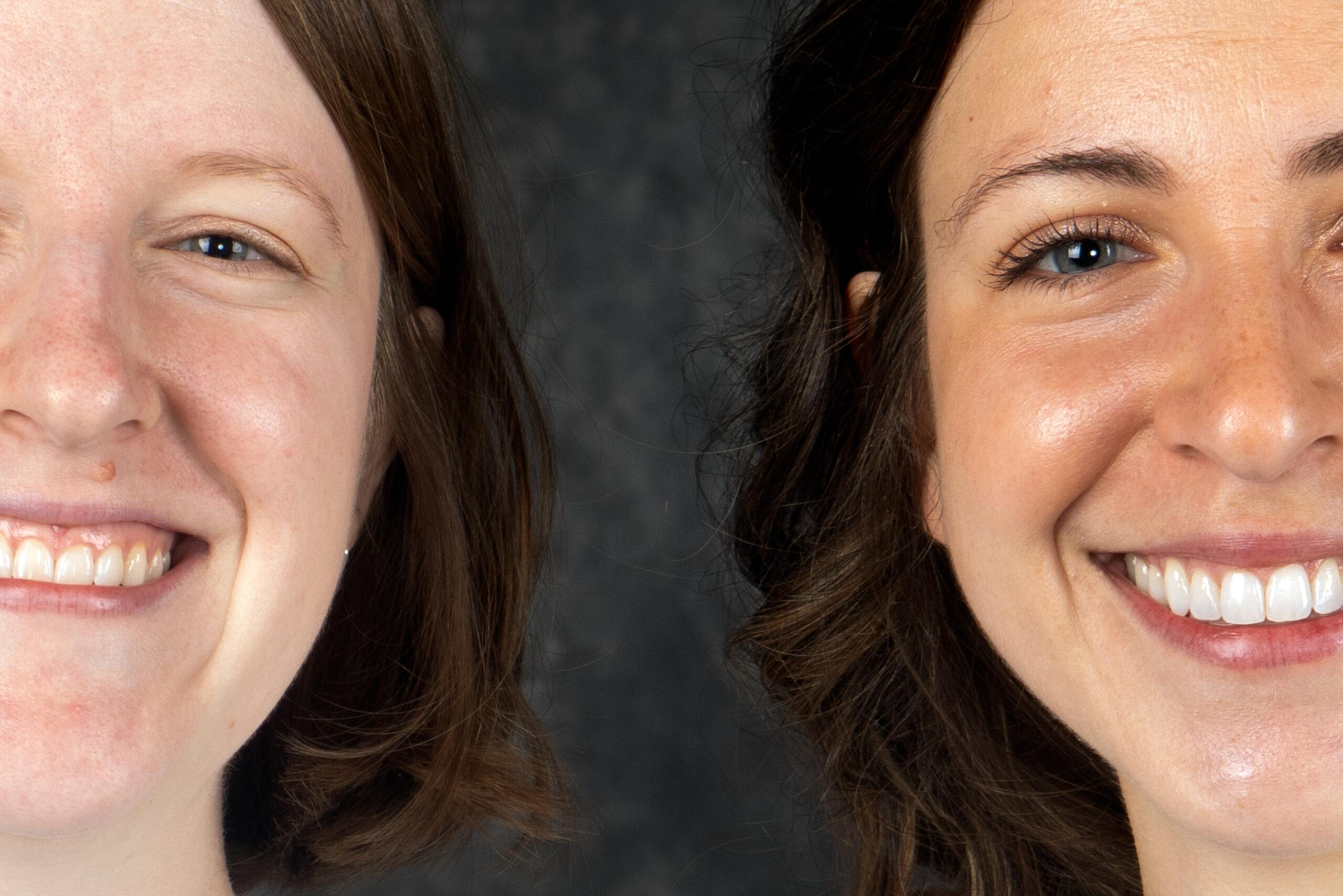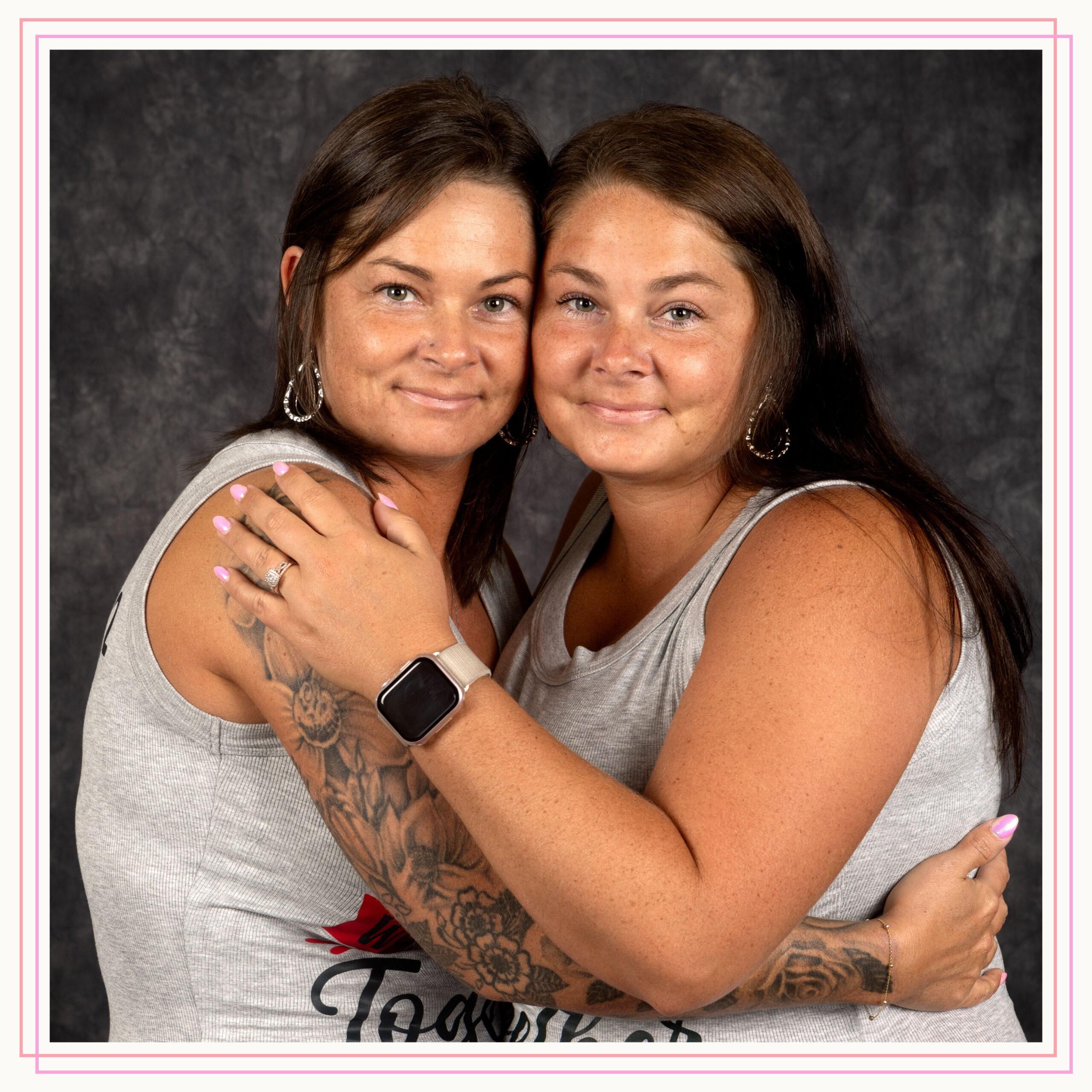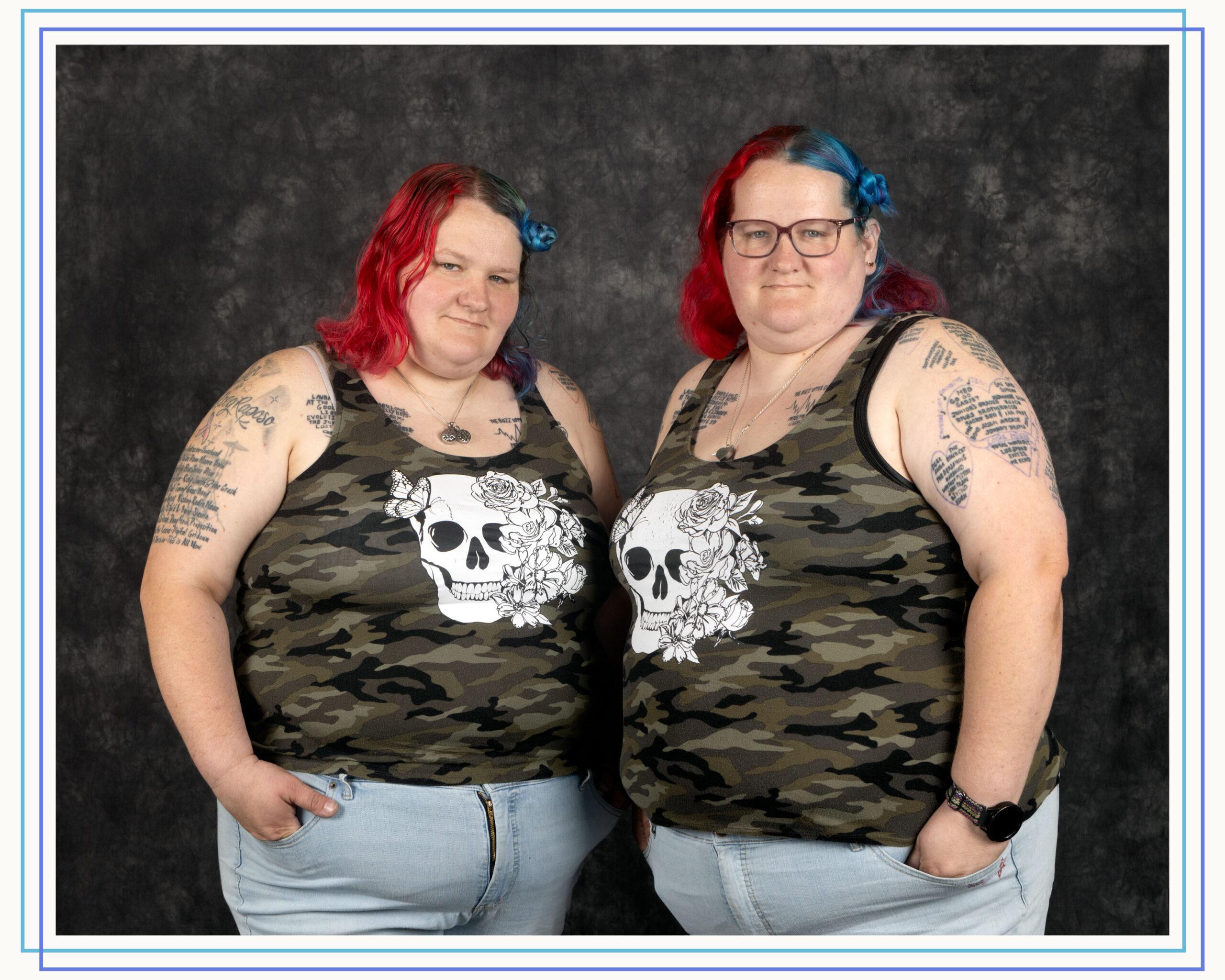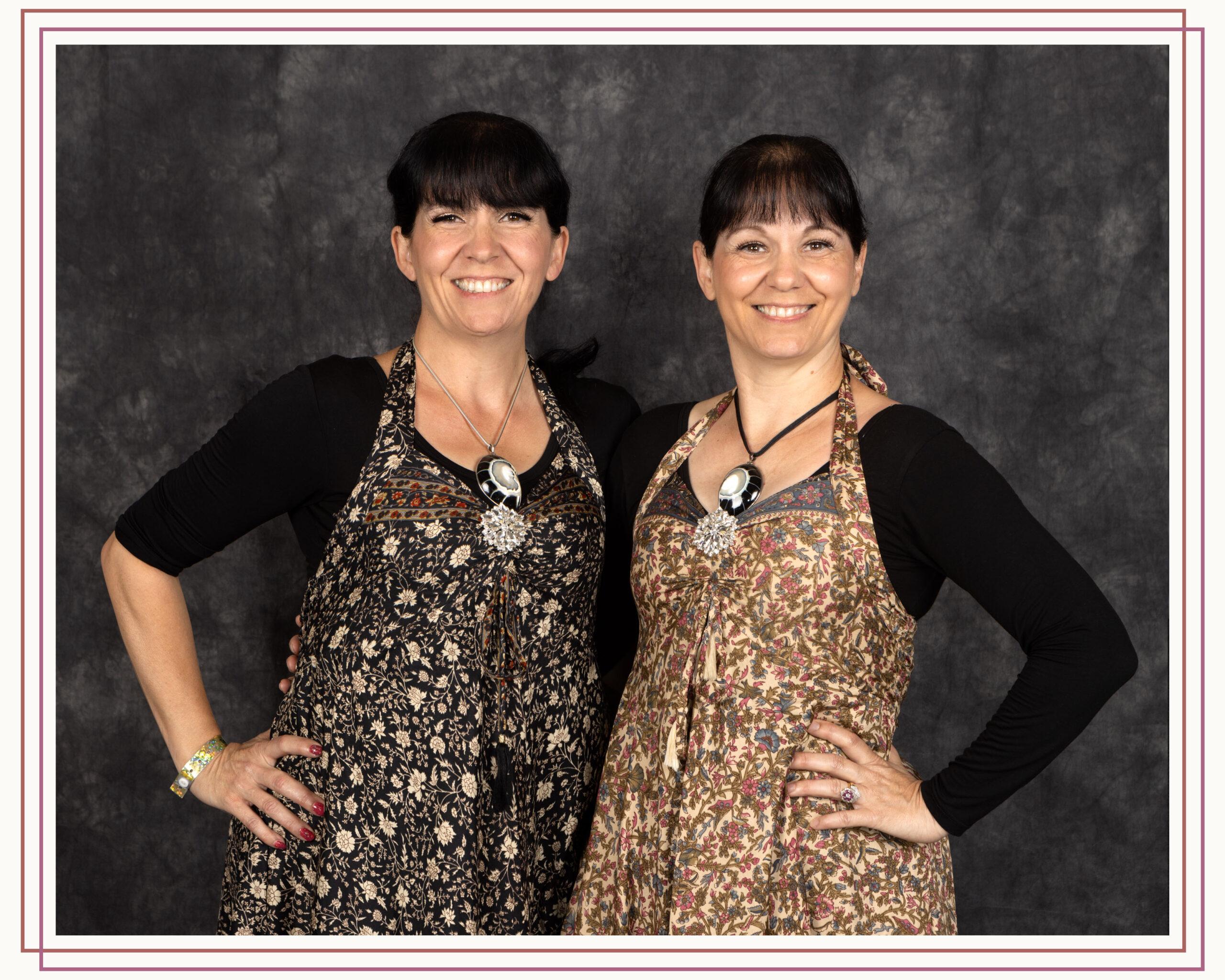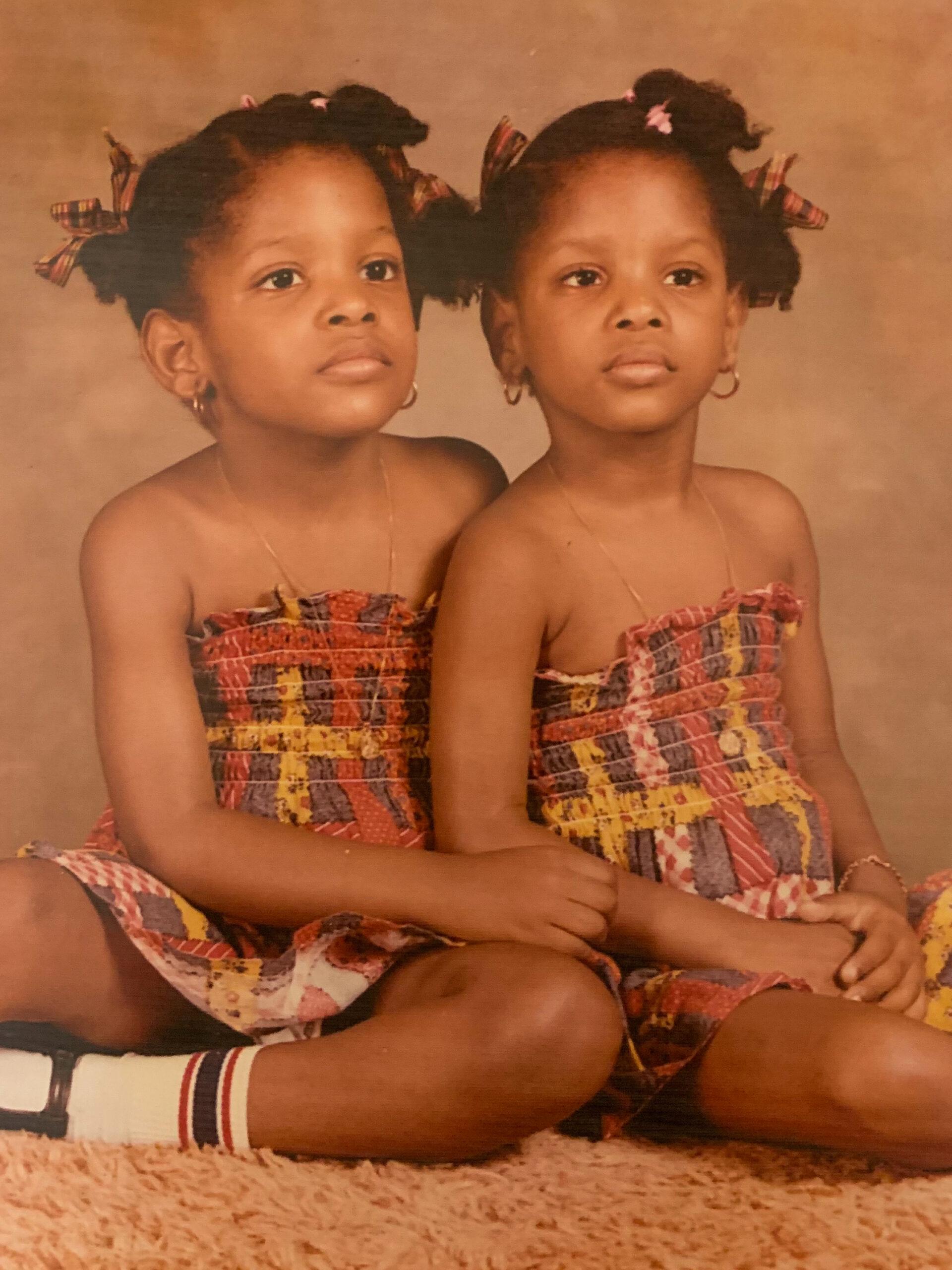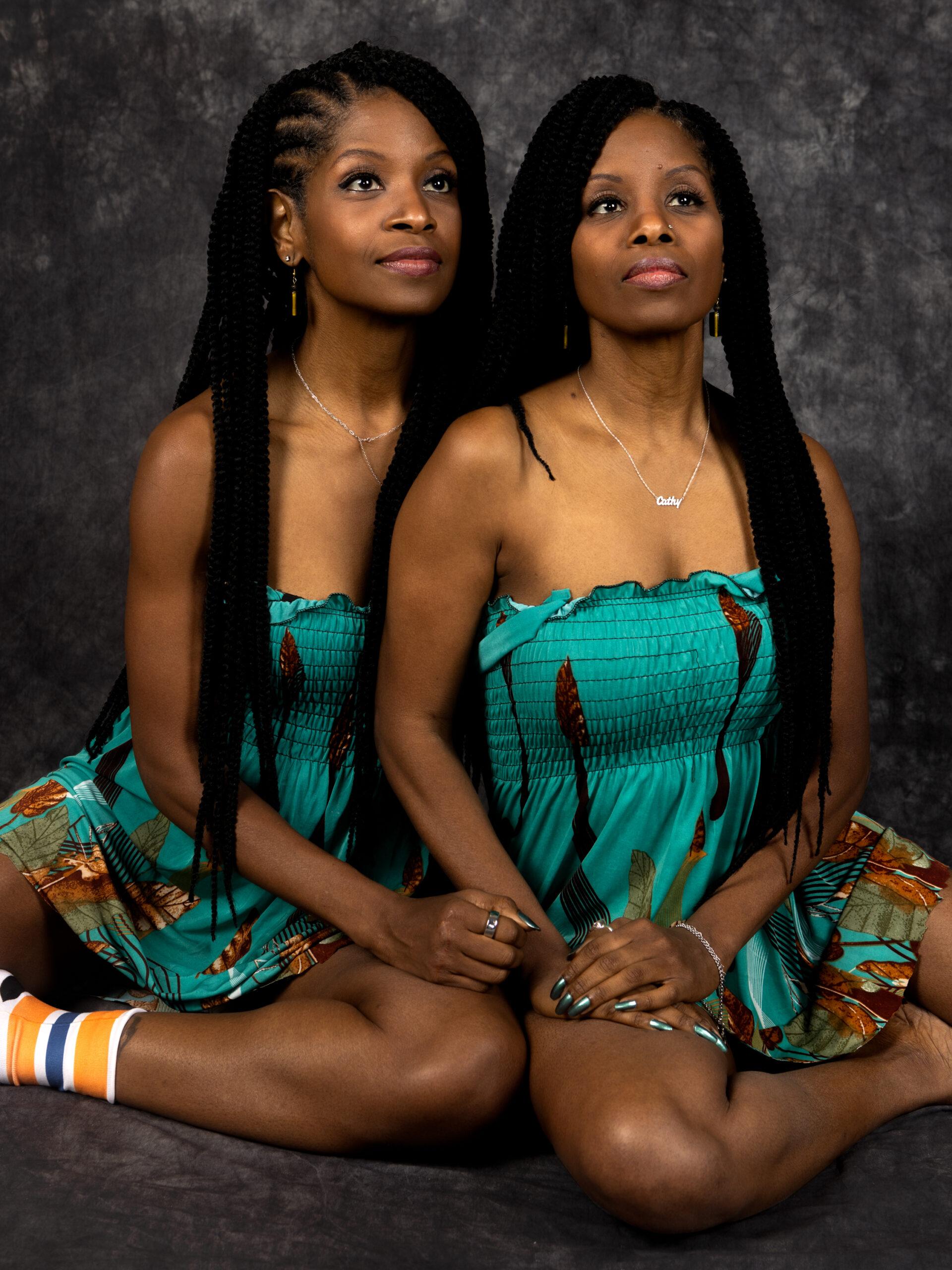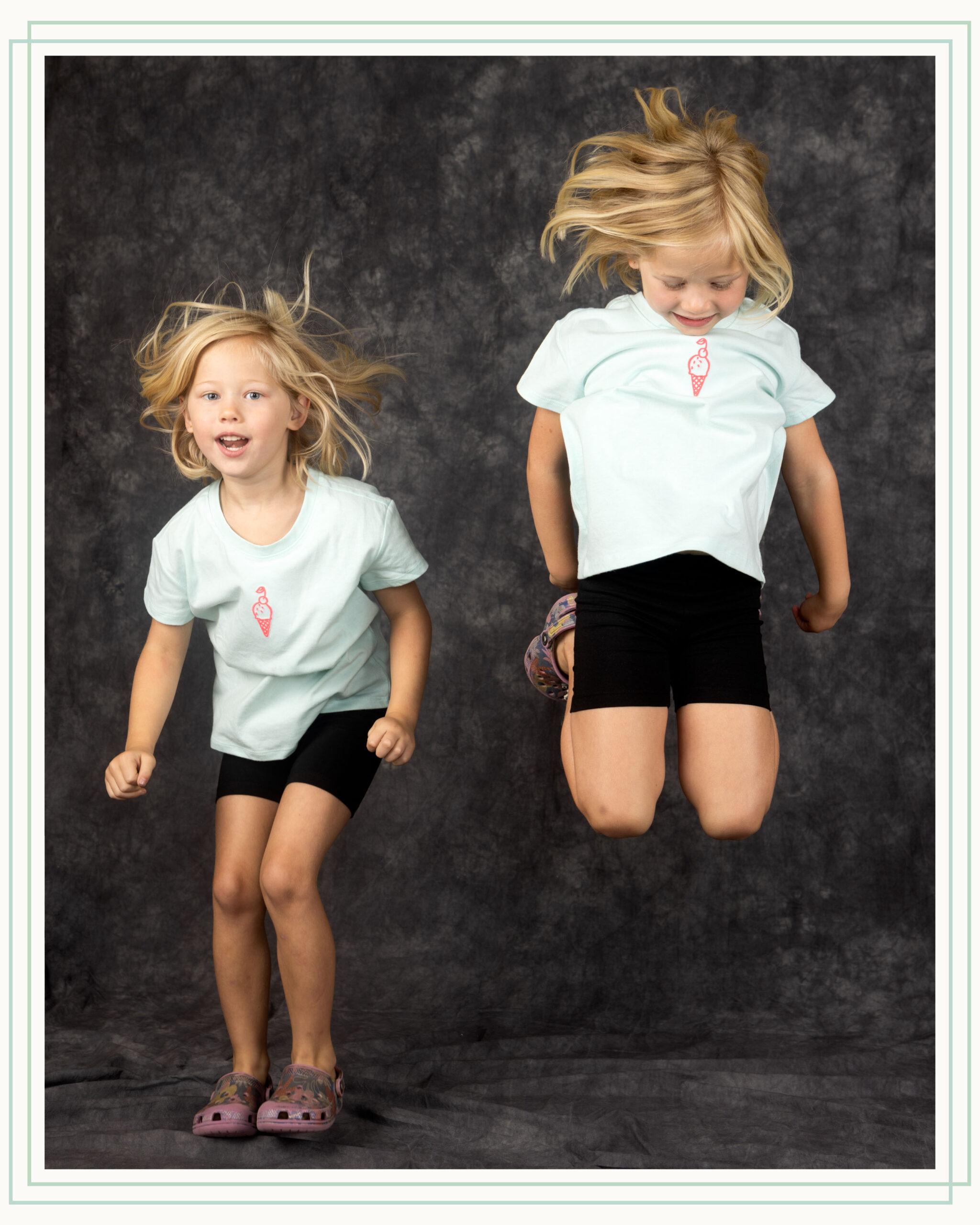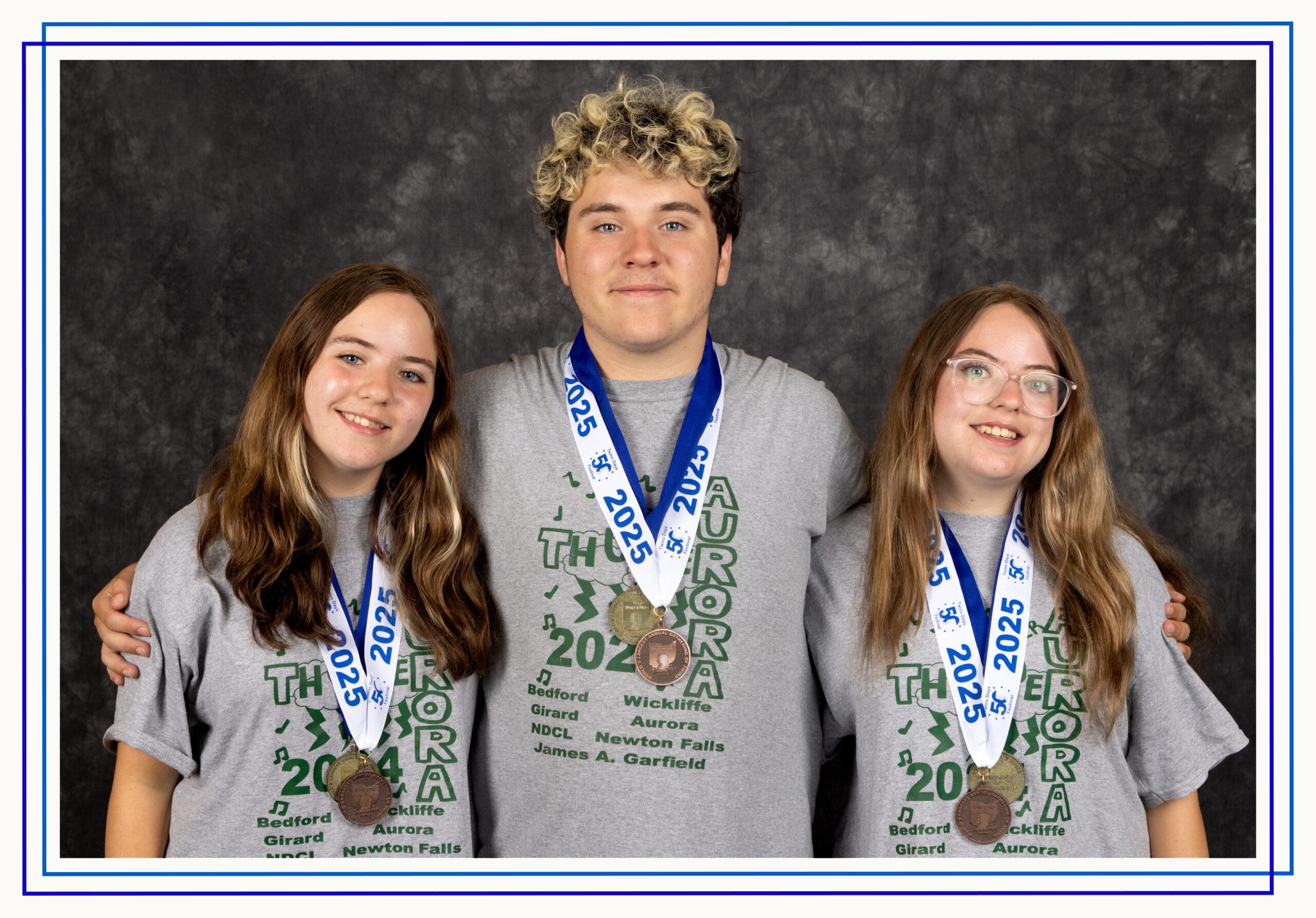Yes, the Jean-François sisters live together. Sometimes they speak in unison and they often finish each other’s sentences. But, the identical twins insist, they’re very different.
An architecture consultant who is transitioning to a career in nutrition and fitness, Carmelle loves putting on a full face of glam makeup. She’s an extrovert, she says, who could happily spend all day chatting with folks or working out at the gym.
Cathy, meanwhile, identifies as an introvert. Compared to her sister’s flash, the English teacher and novelist has a more minimal personal style.
They don’t always agree, either. “She drives me crazy sometimes, and I drive her crazy,” Carmelle says. “But we still cannot be apart.”
Take 2004, for example, when Cathy discovered the Twins Days Festival, the Twinsburg, Ohio, event that bills itself as “the world’s largest annual gathering of twins and multiples.” She pitched her sister on attending, but was surprised when Carmelle, the social one of the pair, wasn’t interested. “That sounds so corny,’” Carmelle told Cathy. But she agreed to go — if her self-described homebody twin set it up.
Upon arriving, Carmelle admits, they both felt at home. “It was freaky and beautiful all at the same time,” she says.

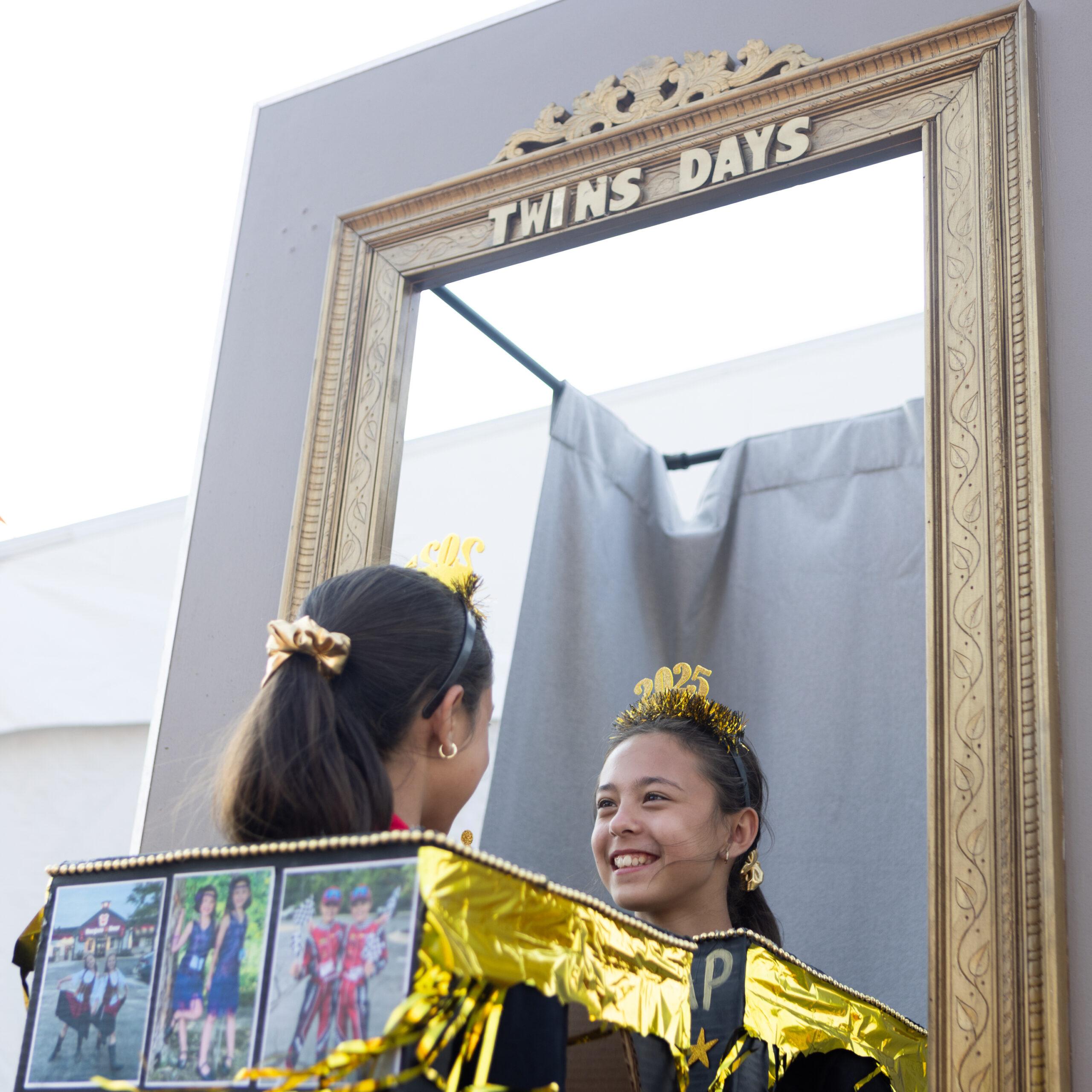
Twins Days is full of such dichotomies: Twins may look alike and have similarities, but they’re distinct individuals. The festival is a celebration of lifetimes of shared experiences — and although there are differences between twins and among the attendees, everyone at the event seems agreeable. It shows that in times riddled with division, when authentic human connection feels like a relic of a simpler time, ecosystems of genuine love, bonding, and community still exist.
The Jean-François sisters have returned to Twinsburg nearly every year since that first trip, Cathy says. “It’s a homecoming.”
A charming midwestern U.S. town with manicured lawns and mom-and-pop shops, Twinsburg evokes classic 20th-century America. Located halfway between Cleveland and Akron, it looks like it could double for any small town in the U.S., but Twinsburg has one very distinct trait: Every first weekend of August, thousands of twins from around the world gather here to find fellowship celebrating their similarities — and differences.
Each year during Twins Days, Twinsburg buzzes with excitement. Marquee signs outside its churches and high schools read “Welcome Twins,” and hotels in the town (pop. 19,504) hit capacity. The 2025 event marked its 50th anniversary, with at least 2,560 twins and multiples in attendance. The atmosphere was like wholesome state fair times two, with almost everyone exploring the grounds alongside a duplicate in matching garb.
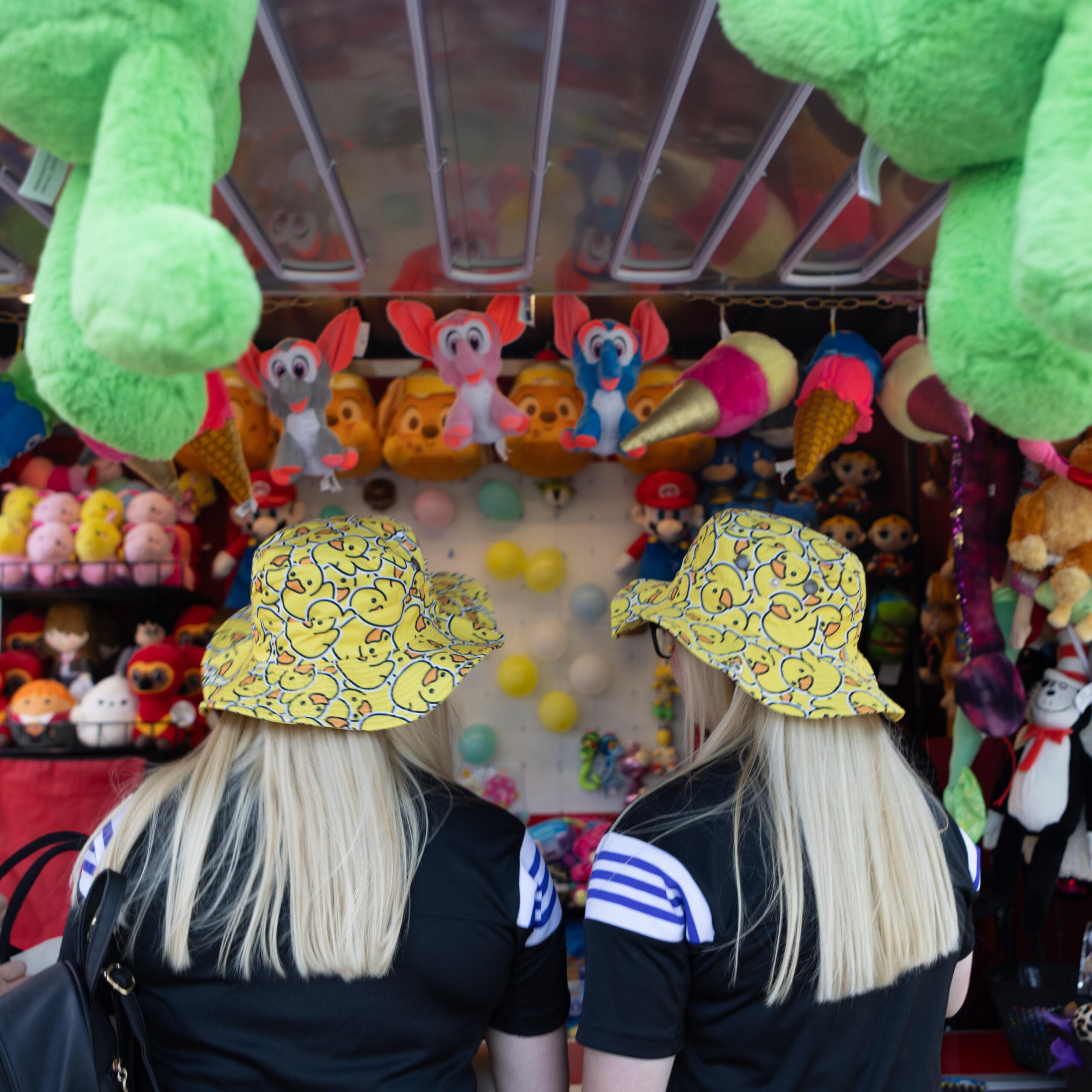
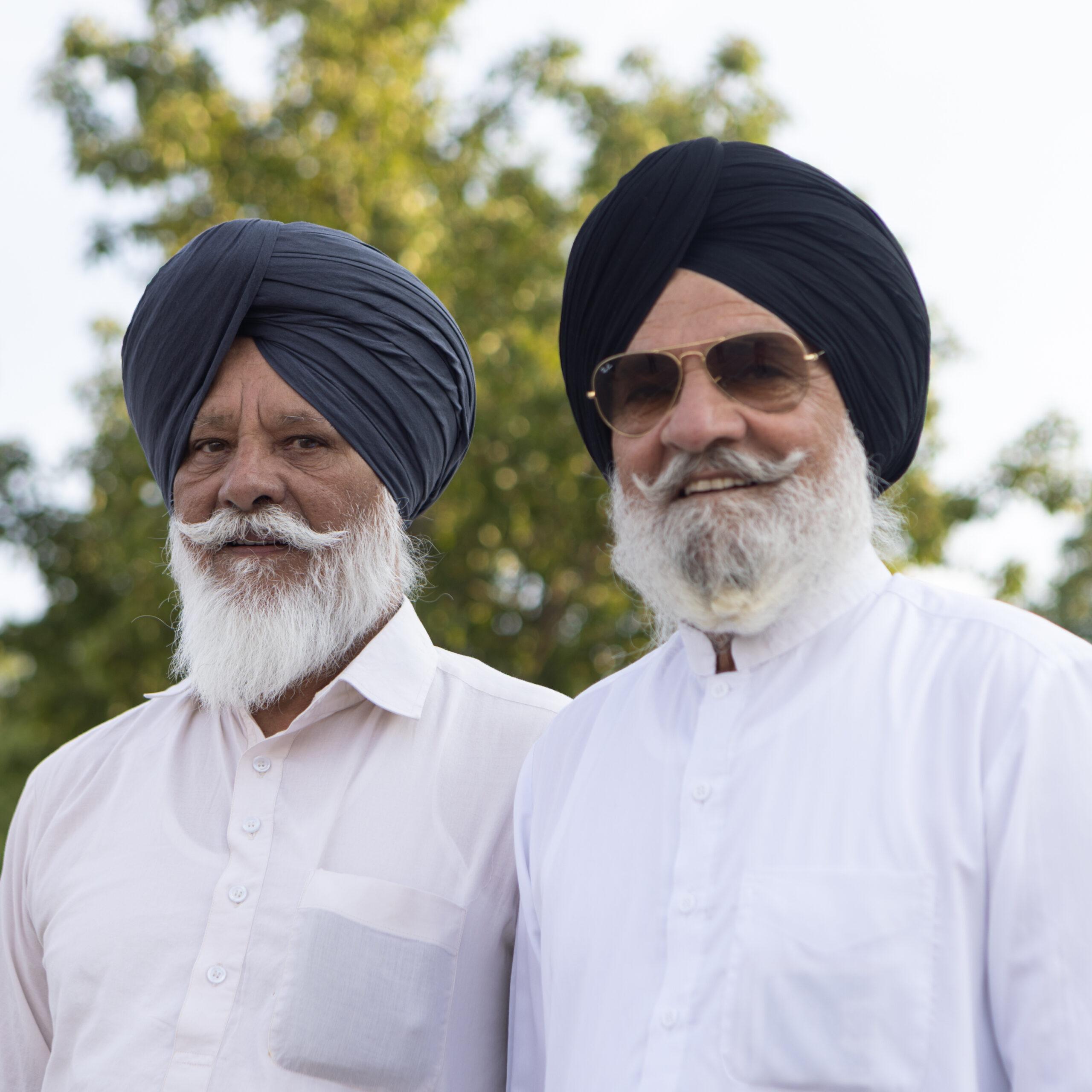
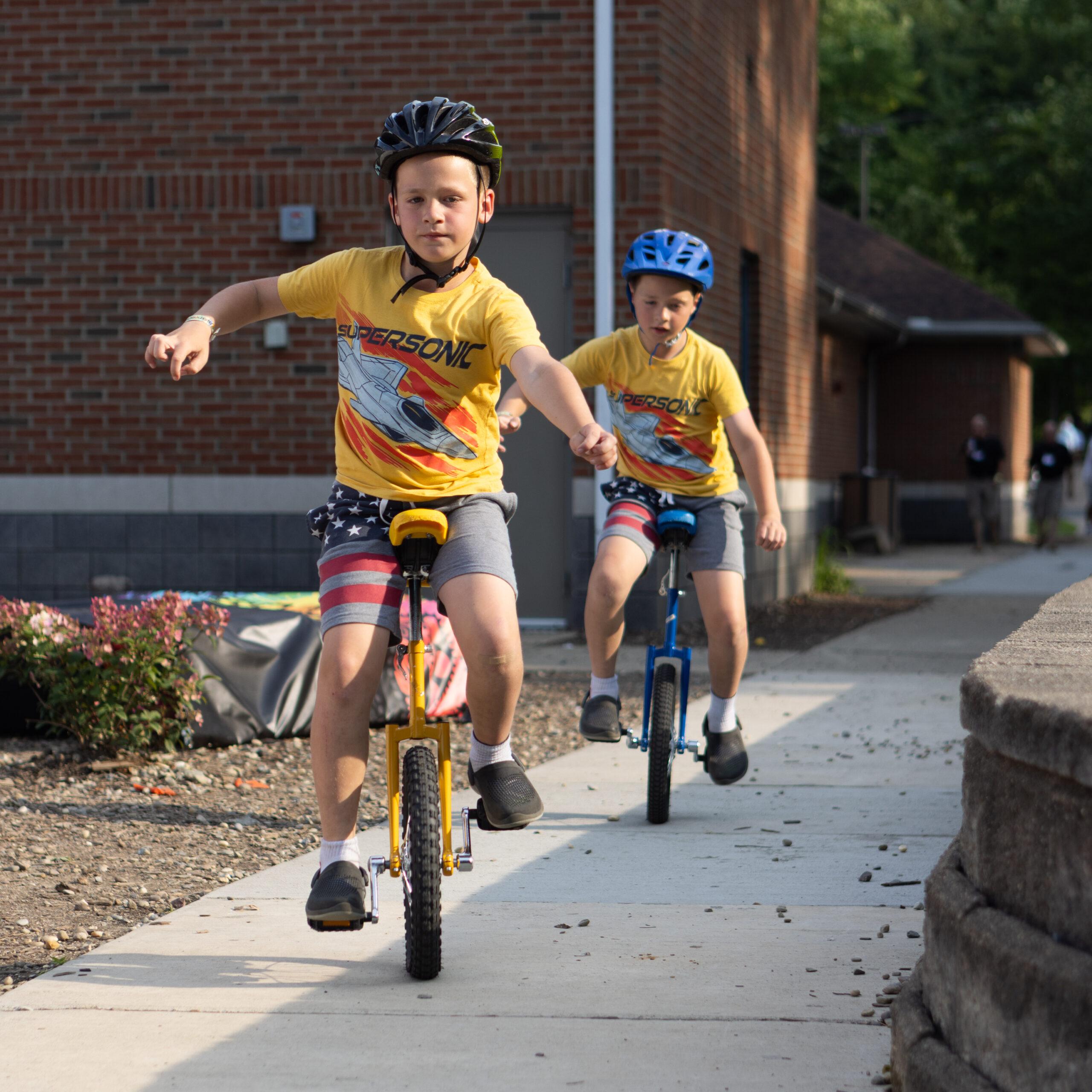
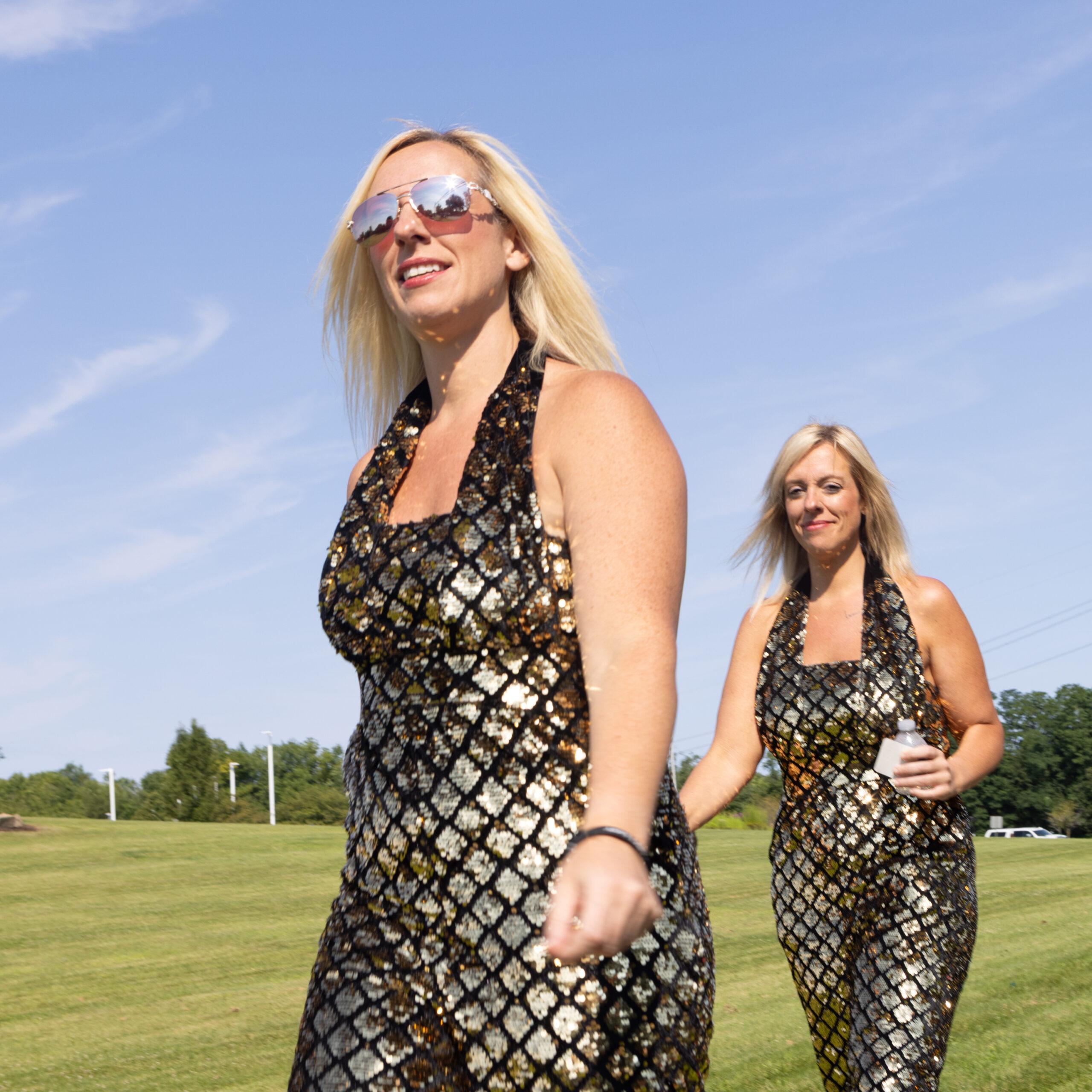


Initially a modest gathering of 38 sets of twins, the three-day Twins Days event has evolved to include a parade through the town’s main drag, dozens of costume contests, talent shows, a twin research center, and live music. There are playgrounds and food trucks, photo opportunities, and airbrushed T-shirts. And aside from the official activities, unofficial after-hours twin events attract crowds through word of mouth, including a prom-themed dance and a bowling night.
Beyond the event’s surface-level wholesomeness, however, the event meets a broader inherent human need. Twins and multiples are a master class in the benefits of societal support — something “singletons” (people whom attendees call non-twins) could learn from and apply to their own circles.
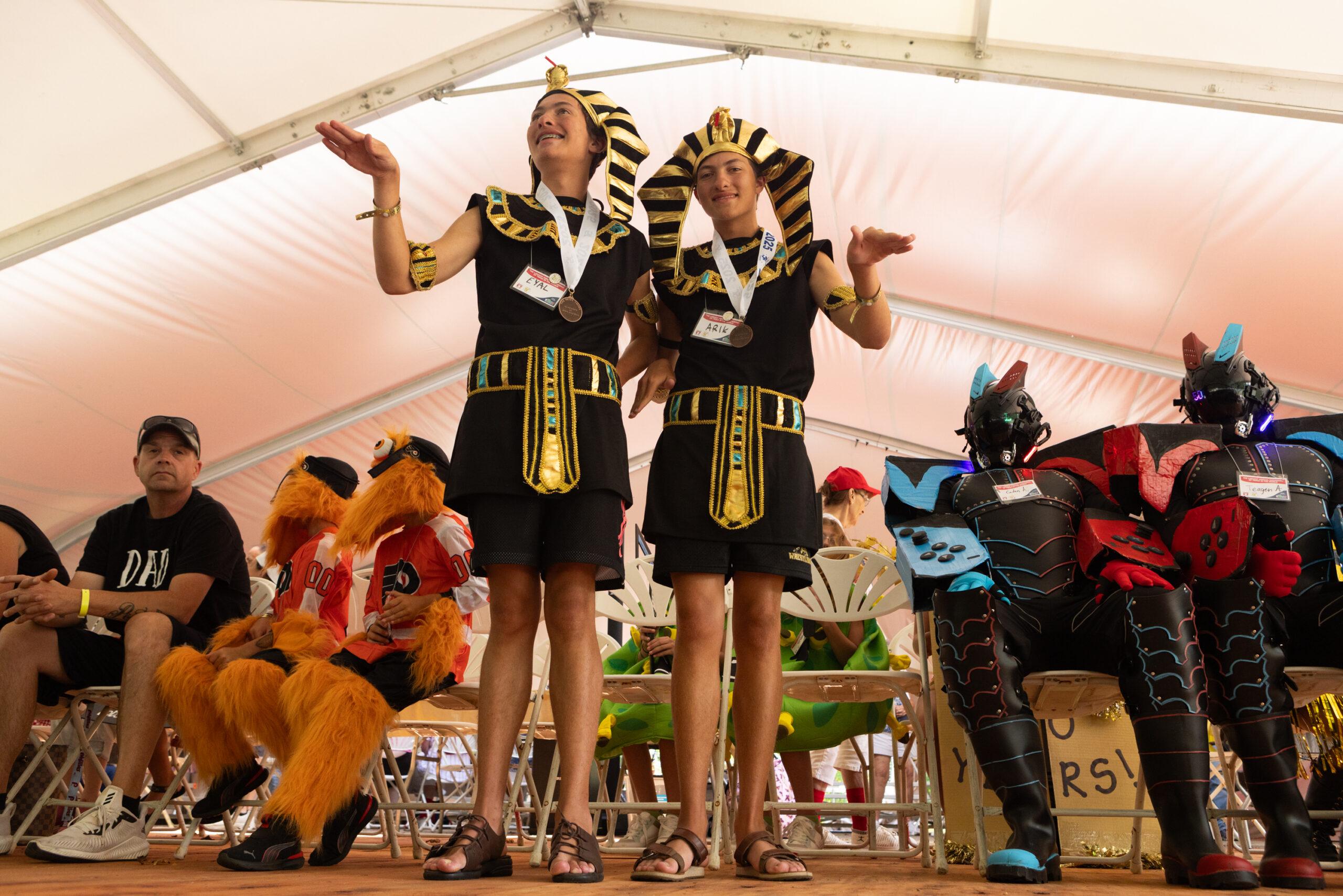
In 2023, then-U.S. Surgeon General Dr. Vivek Murthy issued a devastating advisory about the persistent loneliness epidemic, declaring social isolation and lack of connection to be a public health crisis. Loneliness, Murthy warned, heightens the risk of cardiovascular disease, dementia, stroke, depression, anxiety, and other conditions. From a mortality standpoint, it is akin to smoking up to 15 cigarettes a day.
“Our individual relationships are an untapped resource — a source of healing hiding in plain sight,” he wrote. “They can help us live healthier, more productive, and more fulfilled lives.”
Laura Traister, who is one minute older than her sister Erin Walters, says twins’ connections begin when they’re “wombmates.” “Being a twin, the emotional intimacy is so natural,” she says.
In their fourth year attending the Twins Days festival, Laura, a copy editor, and Erin, a nurse educator, explain the inseparable nature of their relationship.
“It is just having a soulmate that you’re kind of born into,” Laura says. “It’s like no matter how my life goes, friendships or romantic partners might come and go, but I just know that she’s my emotional center.”
Like with any long-term intimate relationship, the pair is very close and arguments never last long, Laura says. “But we have our differences, we have our conflicts; we’re two different people,” she adds. “Even though we have that emotional fluency together, it’s not this totally pristine relationship where you’re a total mirror of each other. We have different wills and we want different things.”
Throughout Twins Days, twins and multiples squeal and embrace around the park grounds, snapping selfies and reuniting with friends they’ve met at past gatherings or through online twins groups.


Lorie Loyacona and Linda Harold, a set of blonde twins from Pittsburgh dressed as angels, recall that during their first Twins Days trip 12 years ago, they discovered they were identical twins — though they’d always been told they were fraternal. They learned the truth through a DNA test at the festival’s research facility tent, where hundreds of multiples volunteer for studies ranging from facial recognition technology to the genetic differences in taste buds.
“That made it so much more special,” Linda says. “Finding that out here, of all places,” Lorie adds.

Fraternal twins stem from two separate eggs fertilized by two distinct sperm — meaning the pair, like typical siblings, shares around 50% of the same DNA. Identical twins come from a single egg that splits, resulting in multiple babies whose double helixes are filled with matching genetic code.
According to the U.S. National Center for Health Statistics, just over 3% of births yield multiples. If multiples were a race represented in the 2020 census, they would be among the smallest minorities in the U.S. It explains why multiples of all stripes flock to Twins Days to celebrate as a community — it’s rare for them to find others like them.
The Nick brothers have been loyal attendees since they were 2 years old, attending Twins Days for 31 consecutive years. They even made the 6-hour drive during the COVID pandemic in 2020, when the festival was a remote-only affair. Skyler likened their trek to a monarch butterfly migration, something they innately had to do. They visited the usual spots where the parade starts in the town square and the field where the annual group photo is typically taken.
“We were the only two there,” Spencer says.


When the Nicks’ mother fell ill and underwent four surgeries in four months, the Twins Days community provided the brothers with overwhelming support. Multiples whom the twins had connected with through the festival and Facebook groups checked in constantly, offering help and sending messages, packages, gift cards, and flowers.
Skyler recalls that “people were willing to drive states just to come and help us —”
“— and some did, actually,” Spencer interjects.
“It was crazy,” Skyler says.
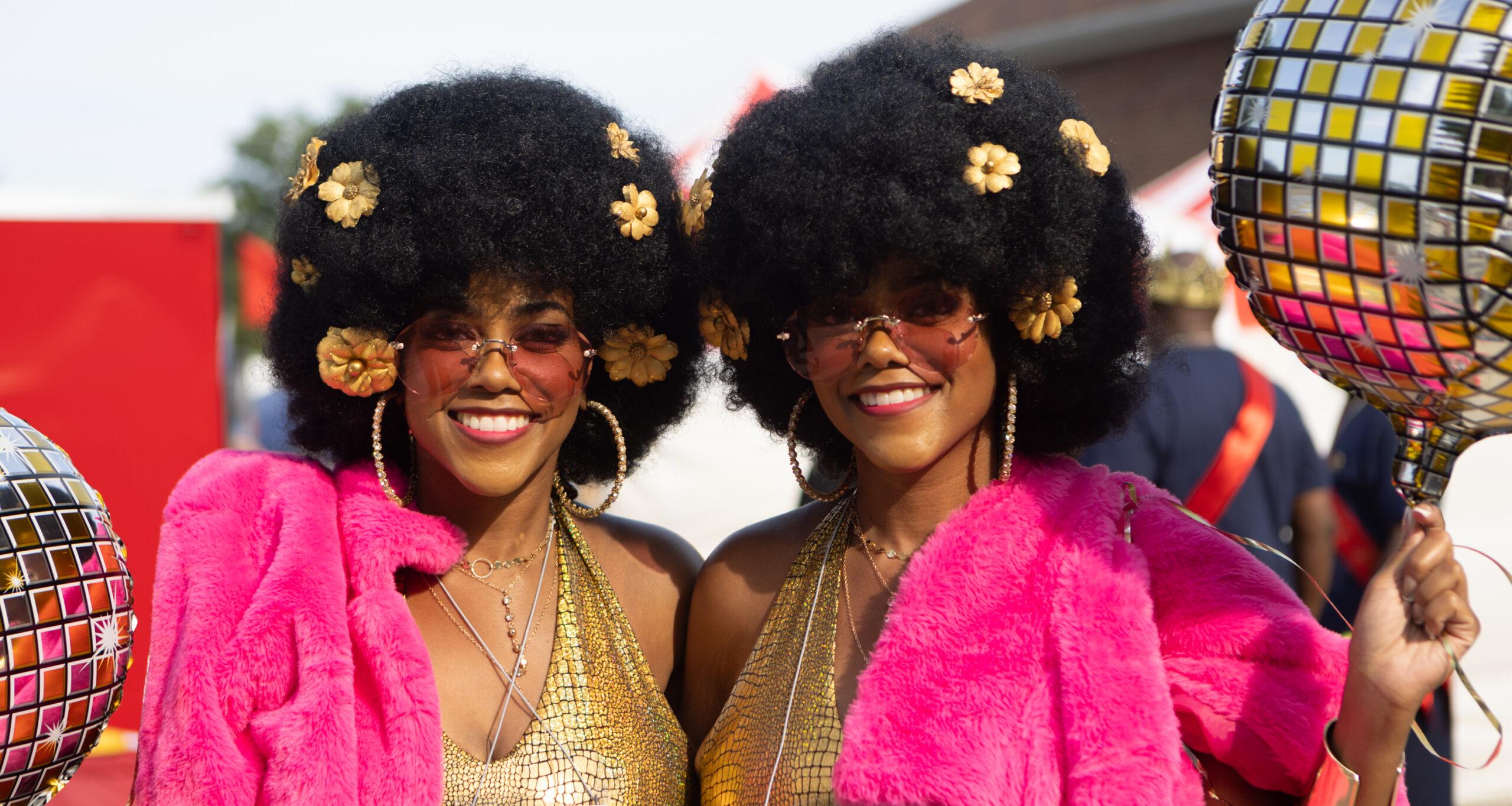

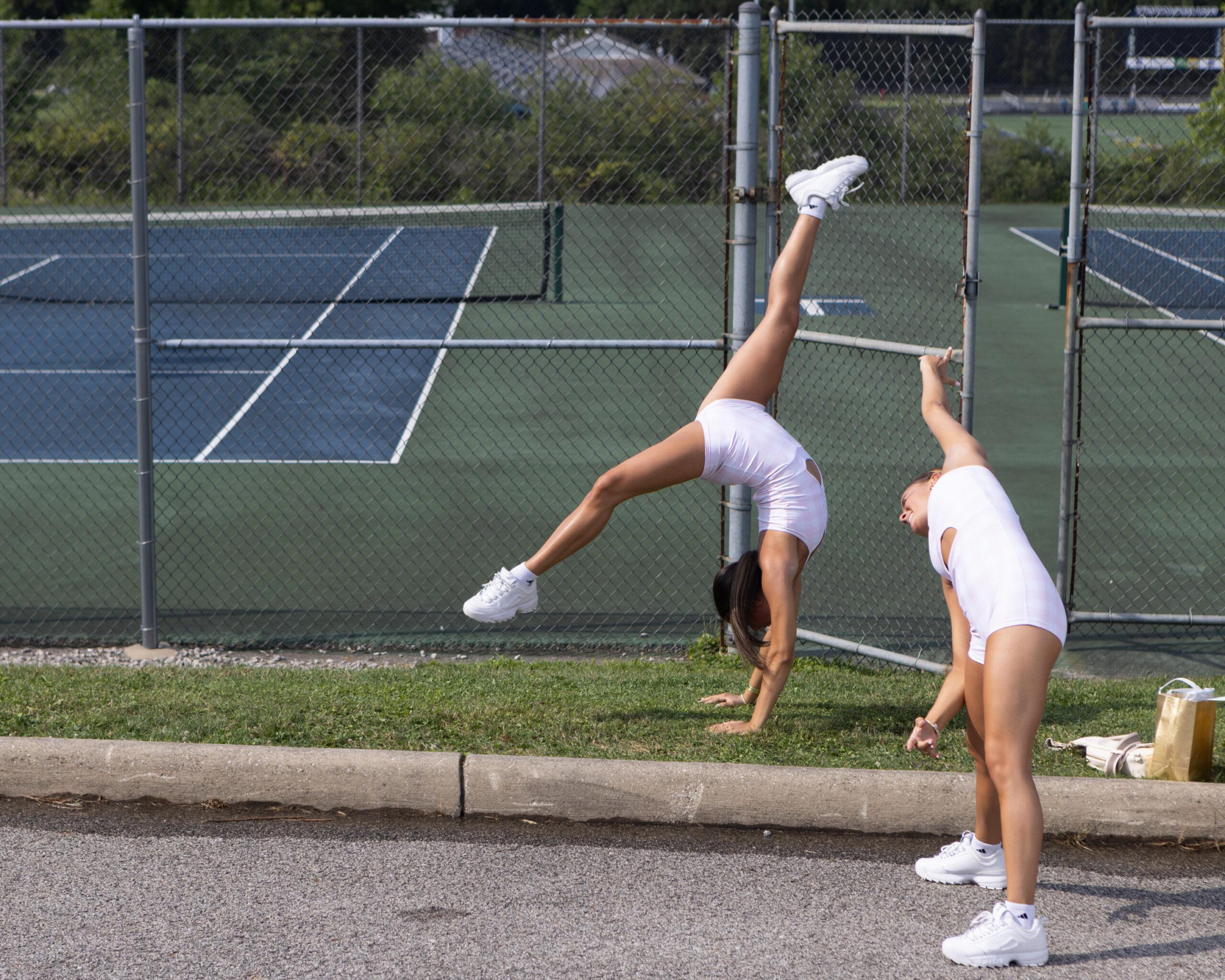
This kind of connection between different sets of twins explains why attendees frequently describe the festival as a “family reunion.” Like singleton holiday gatherings, everyone is brought together by what they share in common, even though individually they’re all very different.
For twins, there’s a novelty in dressing alike. But it isn’t about sameness; it’s about celebrating their connection.
While the Robinson brothers don’t always dress the same, they enjoy the attention it brings when they do — usually when riding their motorcycles or going out to bars.
“If you’re going to go out, you have somebody you can go out with for hours, or until the bar closes,” Calvin says.
“He’s my wingman,” Keith adds. “[Women] come to us and the first question they ask is, ‘Are you two twins?’ And that’s all it takes.”
This kind of companionship begins early and can extend throughout twins’ lives. “When we were little, my mom said that we had our own language. … We had our own way of communicating with each other,” Keri Reese says. When she and her twin sister Megan were young, their mother taught them sign language because their speech was delayed.
“But then when we got older, she told us a couple times, ‘I used to beg for you to start talking; now you won’t shut up,’” Keri says.
Megan and Keri have 113 matching tattoos, nearly all of them homages to local bands in Pennsylvania, New York, and New Jersey.
“Aside from work, almost everything we do together — we volunteer together, go out, see bands,” Megan says. “We’re together a lot.”
Joyce Malone and Jacintha Malone-Smith describe their relationship as having a “built-in best friend,” which is a common sentiment among twins. Also common: Twins tend to live longer than singletons, according to research out of the University of Washington and the Danish Twin Registry. The data is clear, but the reasons aren’t. Researchers theorize that simply having someone else looking out for you can extend your life.
The Malone sisters say the closest thing to a twin bond is the love a parent has for a child. They share interests in travel, history, and music, but have very different tastes in clothing — and men.
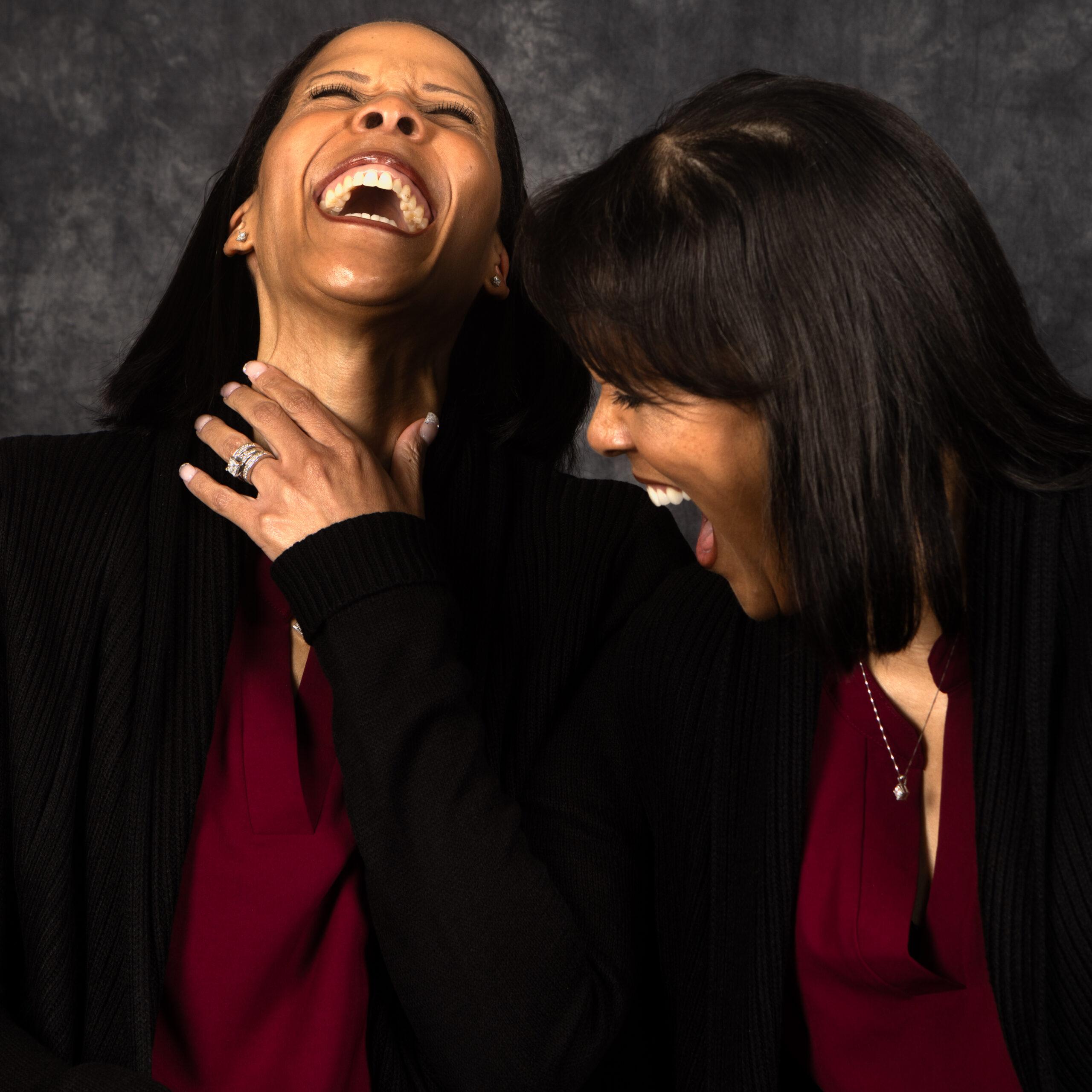


“I like the Clark Kents. She likes Superman. I like the nerds; she likes the jocks,” Jacintha says.
“Yeah, pretty much,” Joyce says, laughing.
As Twins Days festival first-timers, Jane and Carol Ireland gush about the friendly nature of the festival and the refreshing understanding among multiples that in day-to-day life they’re often faced with ridiculous questions about being a twin. But in Twinsburg, being a twin is not at all unusual.
“People are very accepting and joyful and happy,” Jane says. “We all have this shared kind of experience of what it’s like to be a multiple.”
Both professors in forensic psychology, the identical sisters experience challenges because their speech patterns and voices can mirror each other.
“We can’t lecture together at all because it’s too distracting for the students,” Jane says. “It’s like having an echo.”
“We sound very much the same,” Carol agrees. “There’s loads of confusion.”
“Same laugh, same everything,” Jane adds.
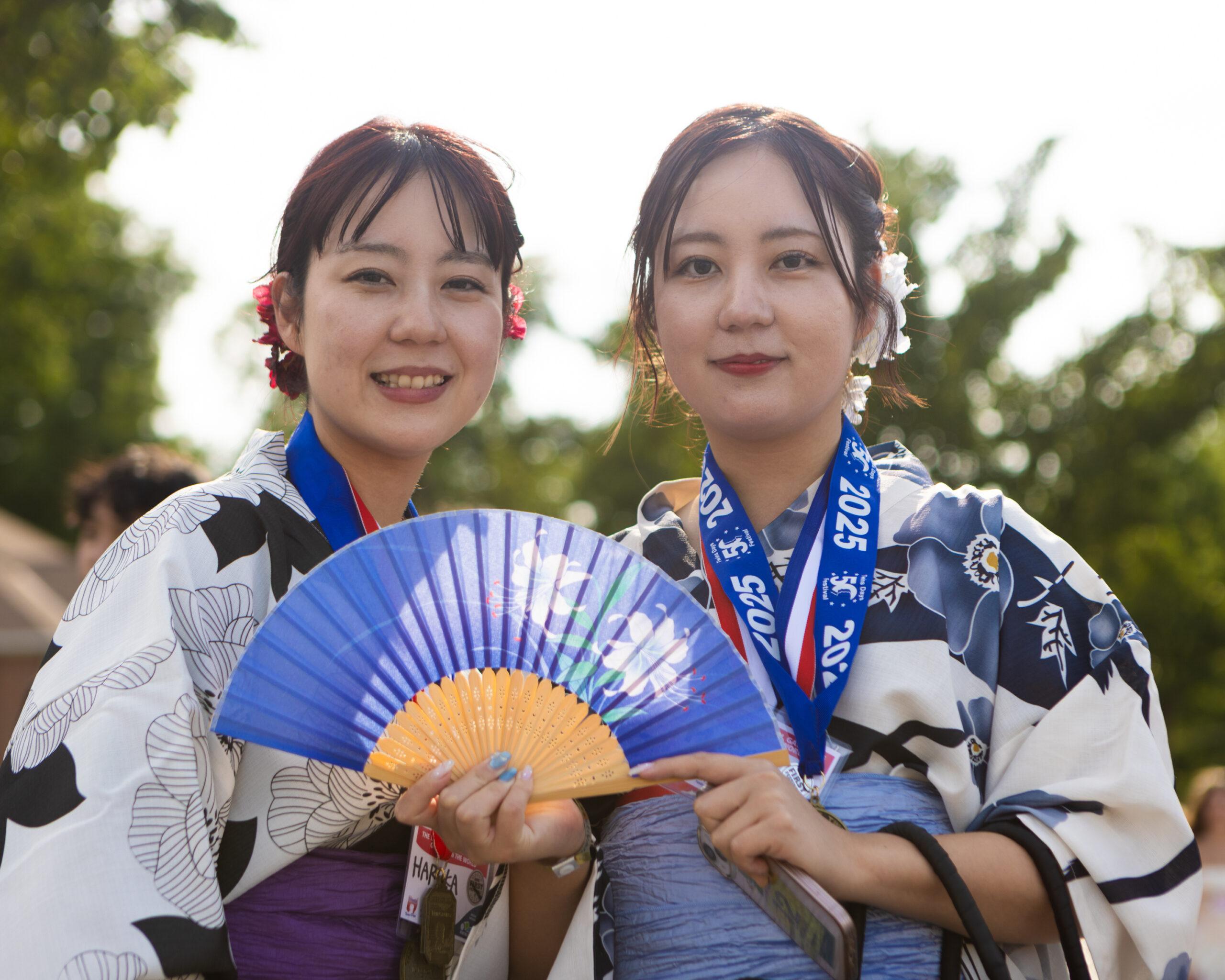
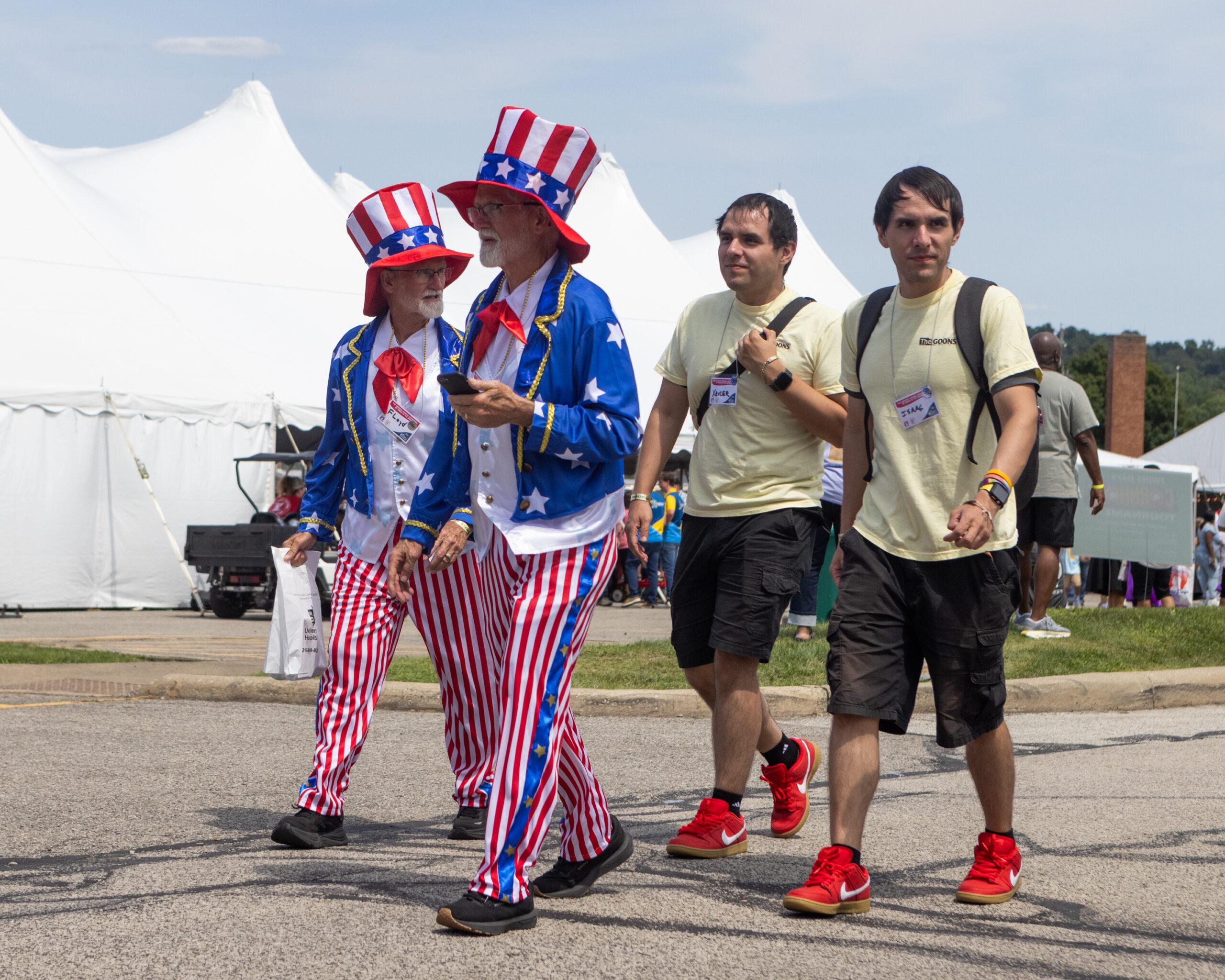
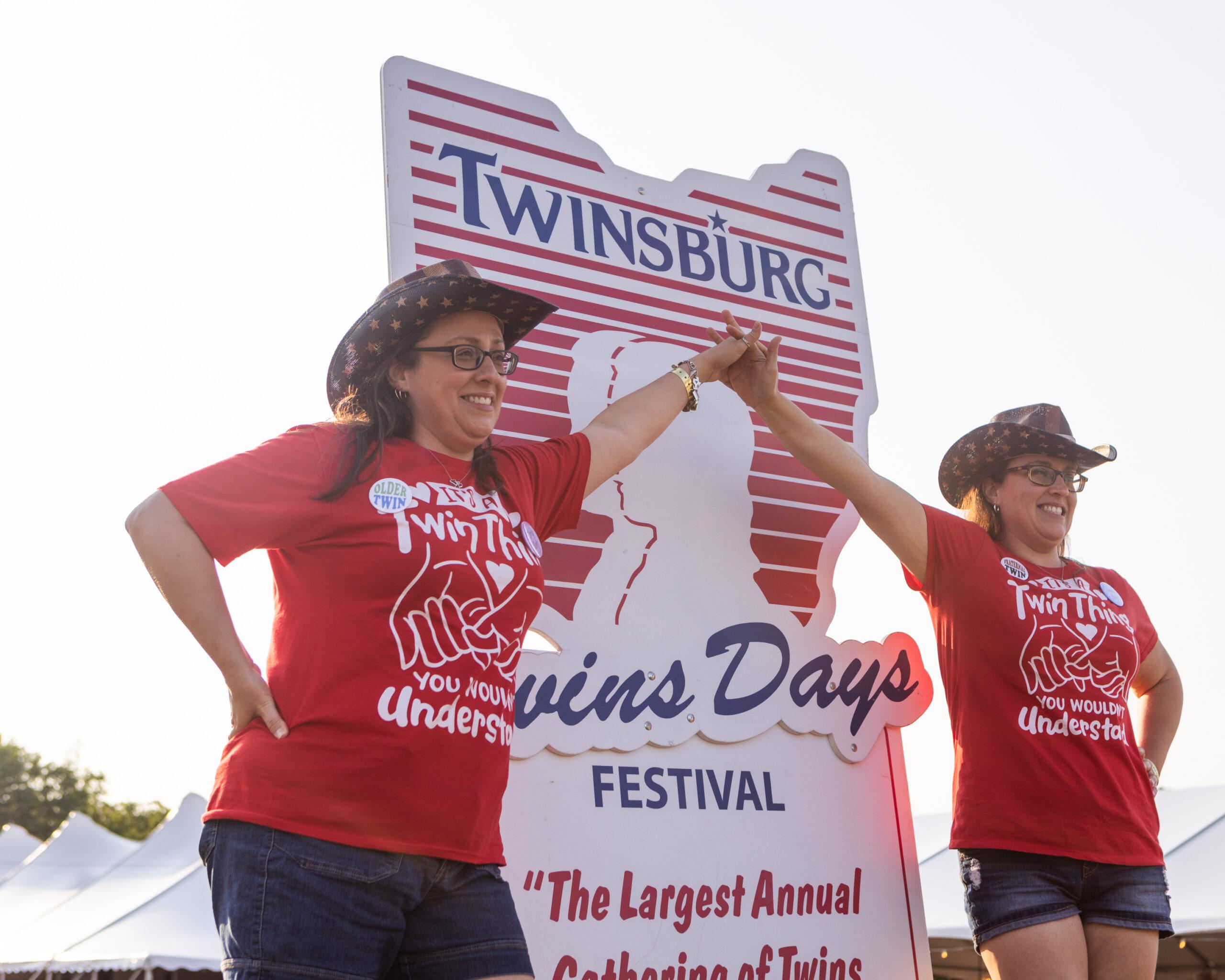
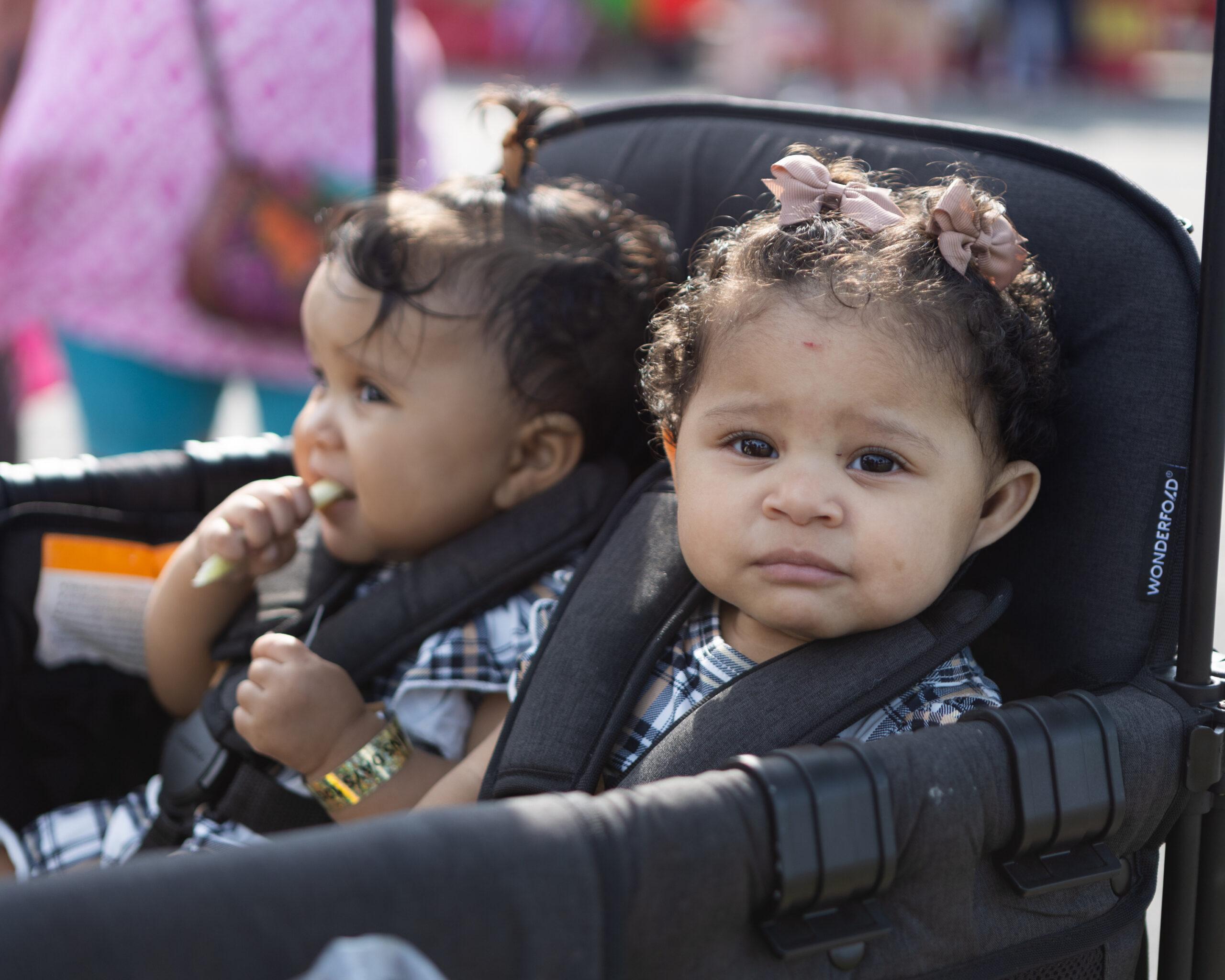
Twinsburg was founded by identical twins Moses and Aaron Wilcox in the early 1800s. The brothers mirrored each other not only physically but also in lifestyle. They were business partners who married a pair of sisters, they both fathered nine children and died from an identical illness on the same day, and they were buried together in one grave.
The identical lore of the Twinsburg founders may sound hyperbolic, but the twins at the festival admit to sharing more than matching genes.
Not everyone identifies with twin tropes, such as reading each other’s minds or being able to feel the other’s pain.
“Maybe some people do have that, but we don’t,” says Kendra Rickle of her relationship with her identical twin Brenda Bannister.
That said, they acknowledge their bond is closer than most relationships. “Our husbands even know if something’s going on,” Kendra says. “If I’m having a bad day, he’ll say, ‘Call Brenda. You need to call your sister.’”


“A lot of people [have] said twins don’t fight, but that’s not true,” Aurora Cheever says.
“You fight a lot when you’re a twin,” her sister Ariel says. “But it can be, usually, really fun.”
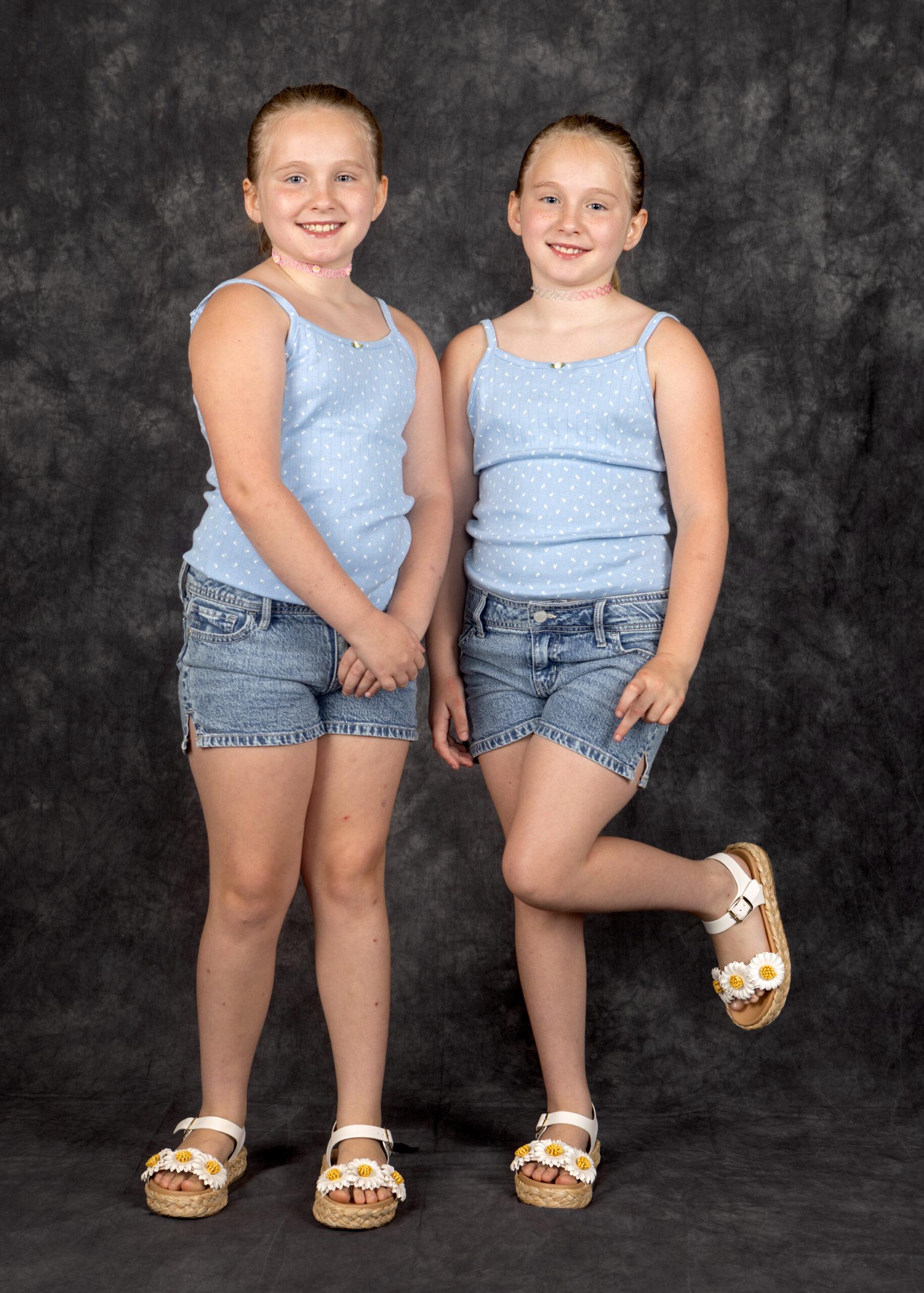
“You have to share a lot — it gets annoying sometimes,” Aurora adds. “But half the time it’s fun.”
As fourth graders, their biggest difference is their taste in clothing: Ariel generally gravitates to lighter-colored outfits, whereas Aurora likes dark attire. Aurora prefers her hair down; Ariel usually wears hers up.
“We only really dress alike if we’re here or going somewhere fun,” Aurora says.
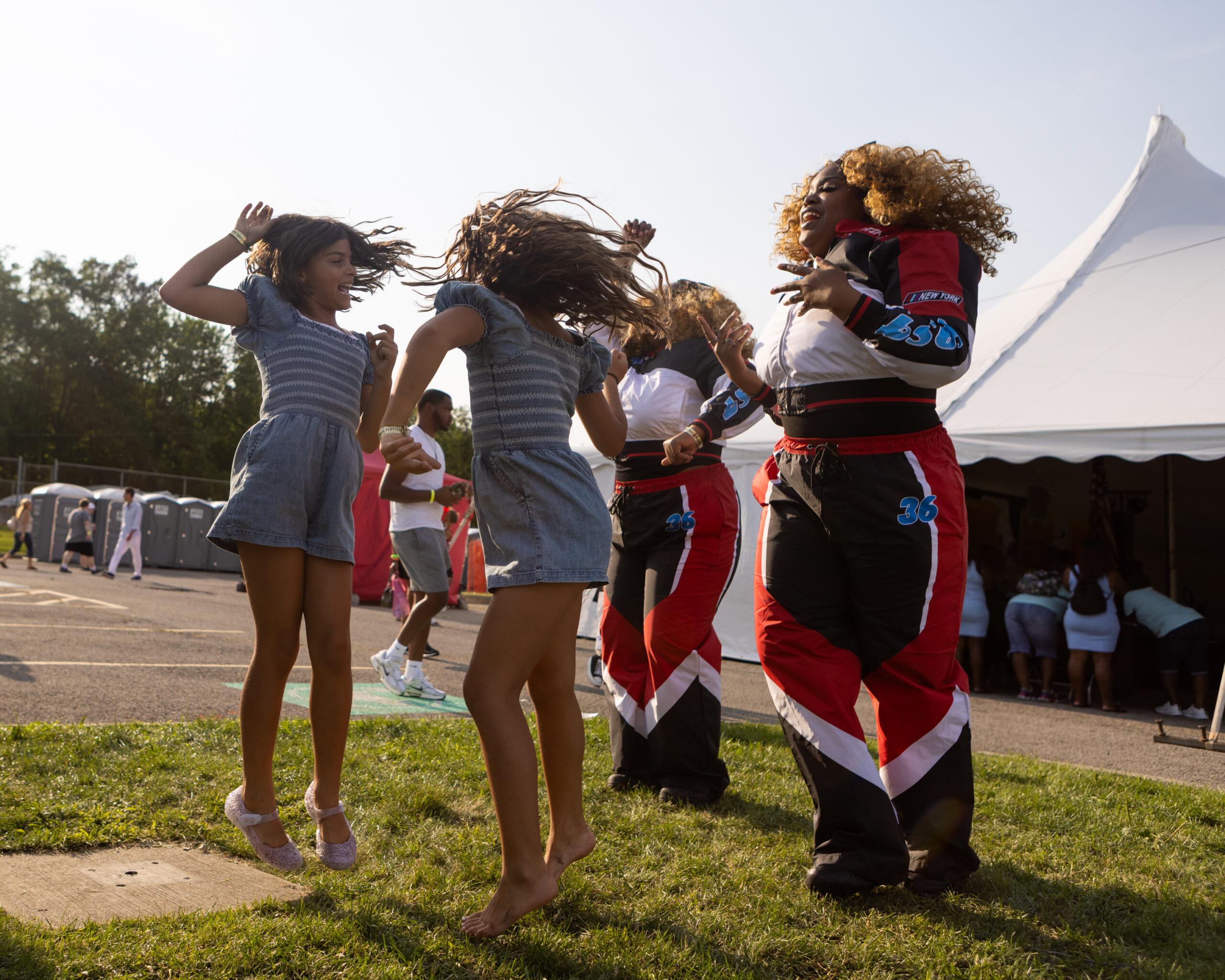
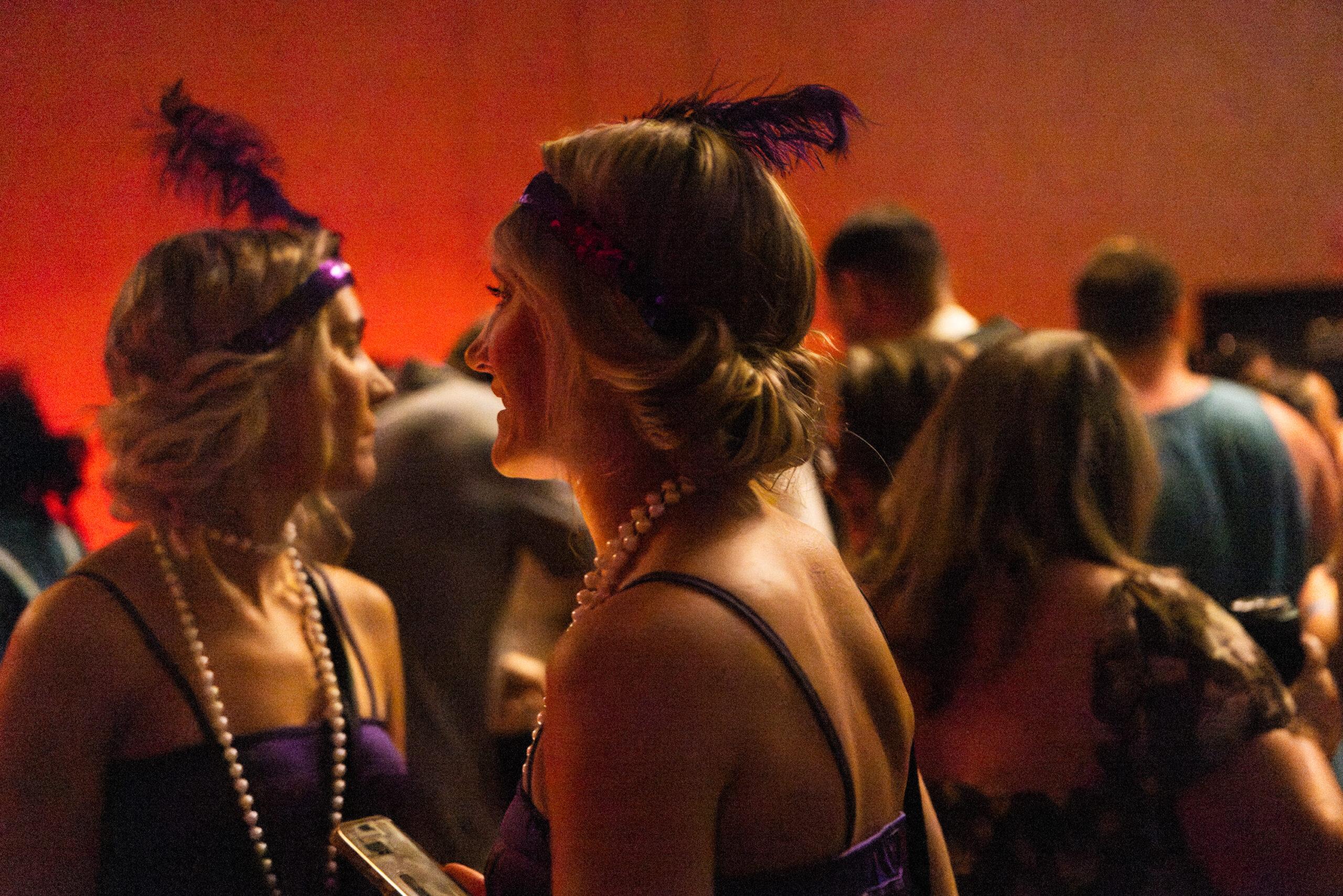
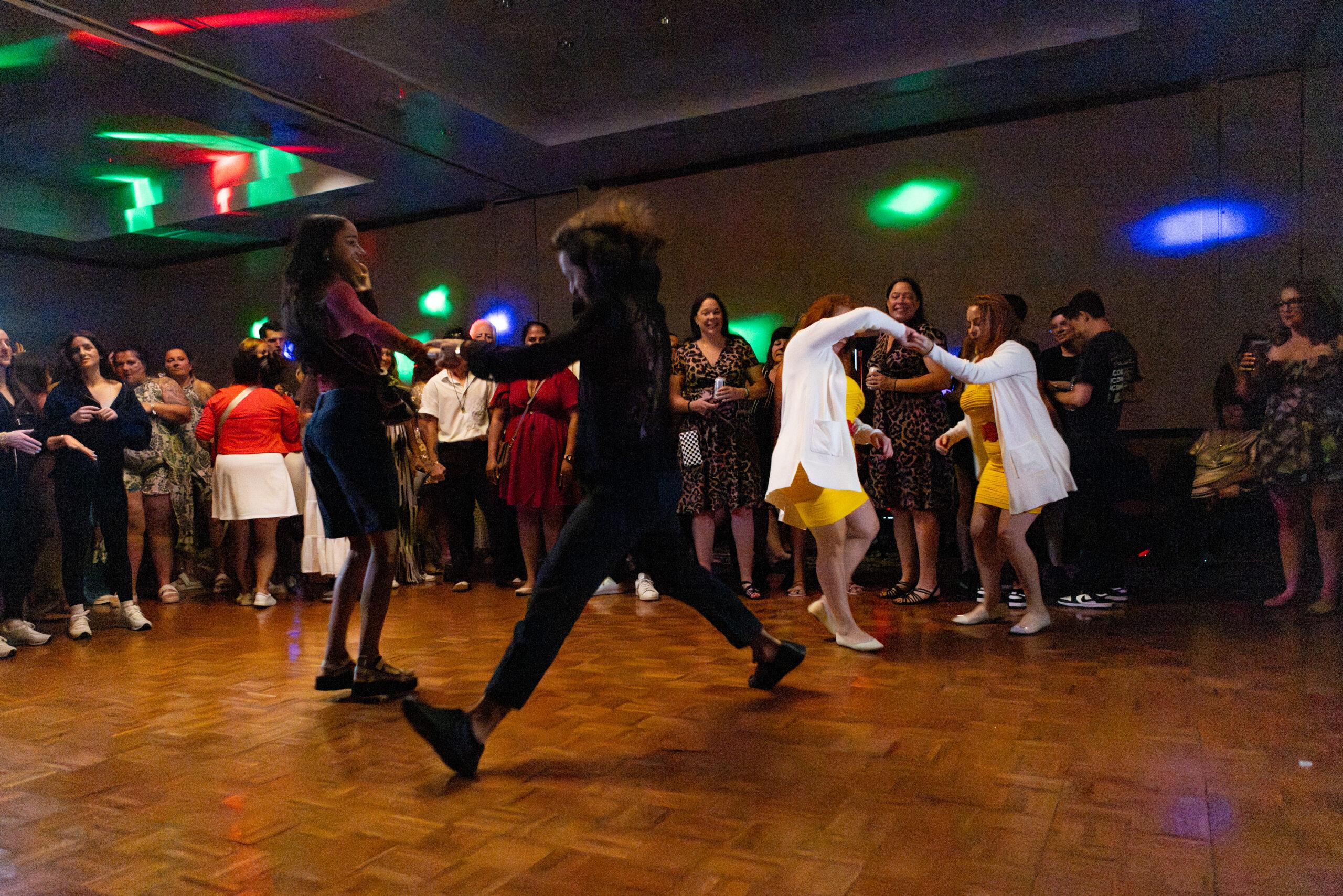
The constant comparison growing up as a twin can have psychological downsides, say the Jean-François sisters. “We’ve always been compared. I was the ‘fat twin,’ so I grew up with this idea that I was fat. I was nowhere near fat,” Carmelle says.
“She was nowhere near fat,” Cathy echoes.
“But I was thicker than her, bigger than her, taller than her,” Carmelle says. “I’m 51 years old and I still have body dysmorphia because I’m the ‘fat twin.’”
“Because of that, I’m not as thin as I used to be,” Cathy adds. “I have issues as well, because I know that I’m being compared to her.”
“We compare ourselves,” Cathy and Carmelle say in unison.
For the parade, Cathy dresses up as Wicked’s Elphaba; Carmelle, the glittery Glinda. Like their characters, they’re complex best friends — very different, but undeniably connected.
An important part of the festival is how the community supports “twinless twins,” or multiples who have lost their siblings. Russell Scott, an identical twin from Amarillo, Texas, attended Twins Days with his twin brother Ralph for 26 years, until Ralph passed away in 2012.
Ralph and Russell had lived and worked together as mechanics and later as delivery truck drivers — “We’d get hired together and get fired together” — and lived what Russell referred to as a “perfect life.”
For the past 13 years, since Ralph died, Russell has continued attending the festival annually with his younger brother Stanley. Carrying a photo album of Twins Days past, Russell recalls attending parties, clogging in the talent show, and he and Ralph winning “Most Alike” identical twins for their age group in 2012.
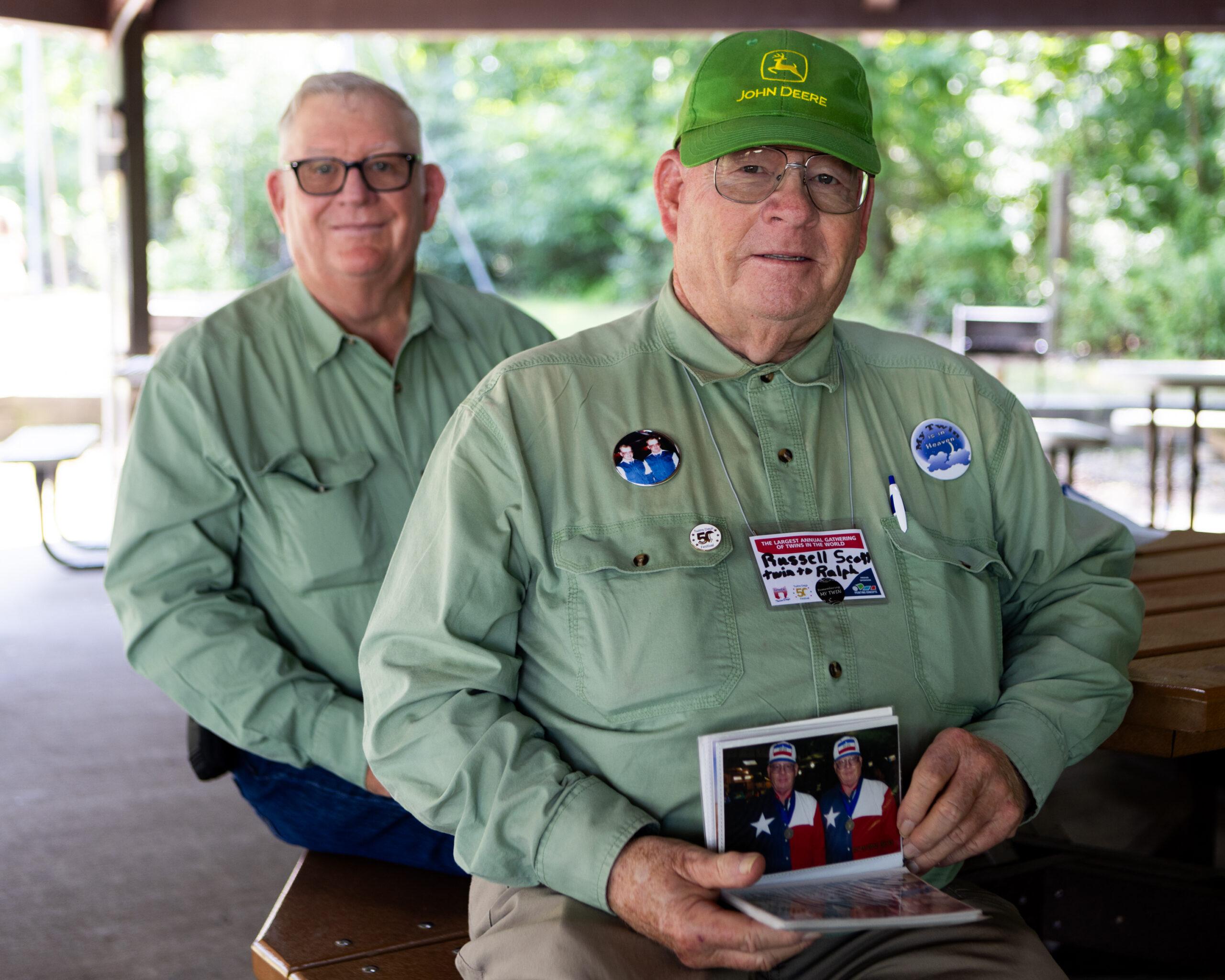
“I have a lot of twin friends here and [I’m] sad Ralph’s not with me, but I enjoy the other twins,” Russell says. “I want to keep coming back.”
Dusk approaches, marking the end of Twins Days festivities — the official ones, at least. More than 100 sets of twins migrate to a nearby bowling alley, where twins team up with other twins to bowl, high-fiving and reliving the weekend’s events. Conversations ebb, flow, and inevitably drift to plans for returning to next year. The “family reunion” analogy rings true.
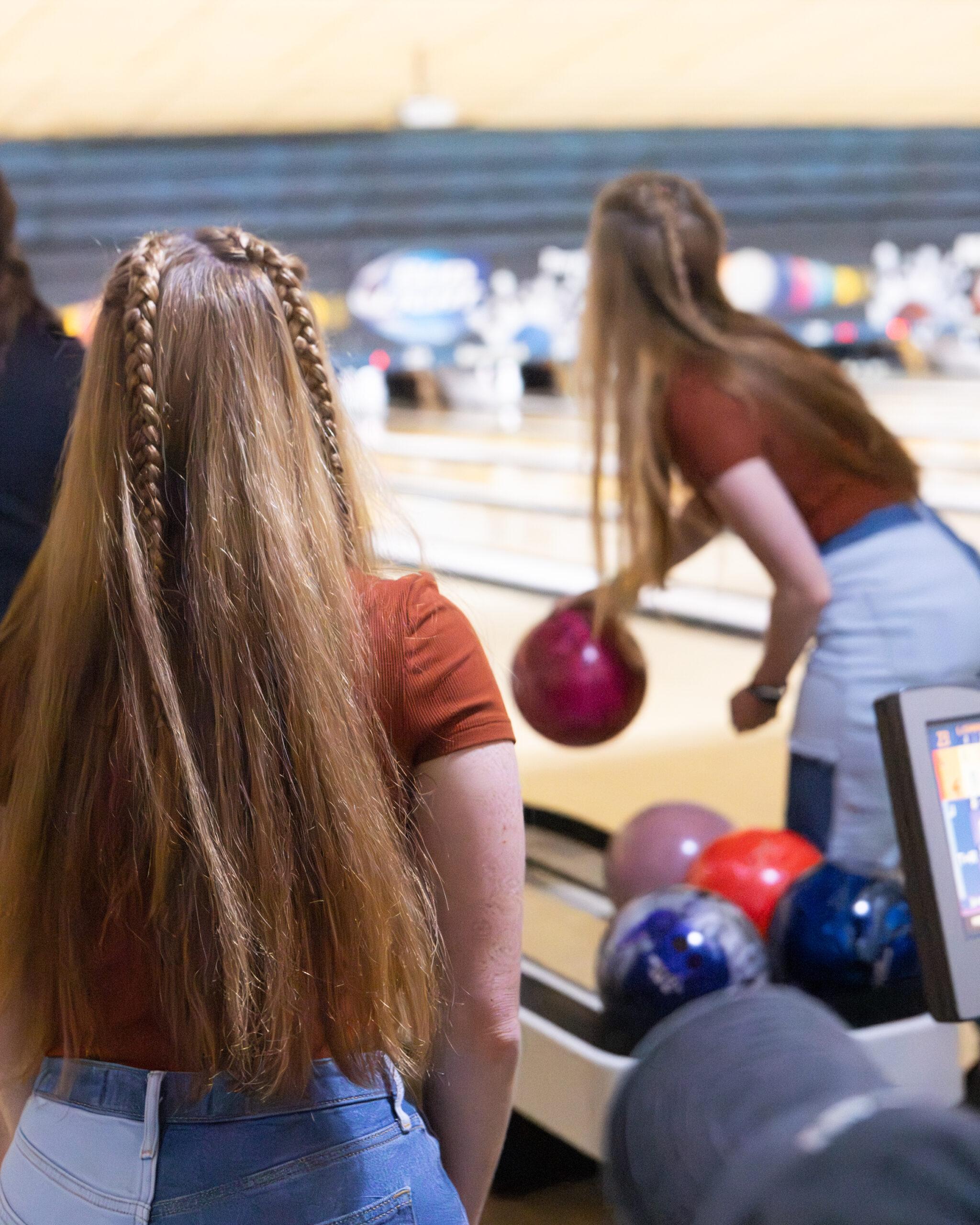
Across the identical lanes, matching twins smile and embrace, cheering each other on. Their support transcends bowling. They’re all so different, but in many ways, exactly the same.
“When people ask me what it’s like being a twin, I always respond to them: ‘What’s it like not being a twin?’” 20-year Twins Days attendee Keri Reese says, sitting next to her sister Megan. The identical sisters’ fluorescent blue and pink hair, outfit, and soft blue eyes all look the same.
“It’s what we know.”
